How to Plant a Kitchen Garden
Learning how to plant a kitchen garden has been a labor of love. This involved choosing what to plant, planning the layout, and planting.
It’s important to follow the right steps when planning a kitchen garden. Getting the beds ready by using the right soil, and the meticulous planning and planting process have transformed my simple garden dream into what I believe will be the most awesome kitchen garden. I cannot wait to enjoy the fruits of my labor!
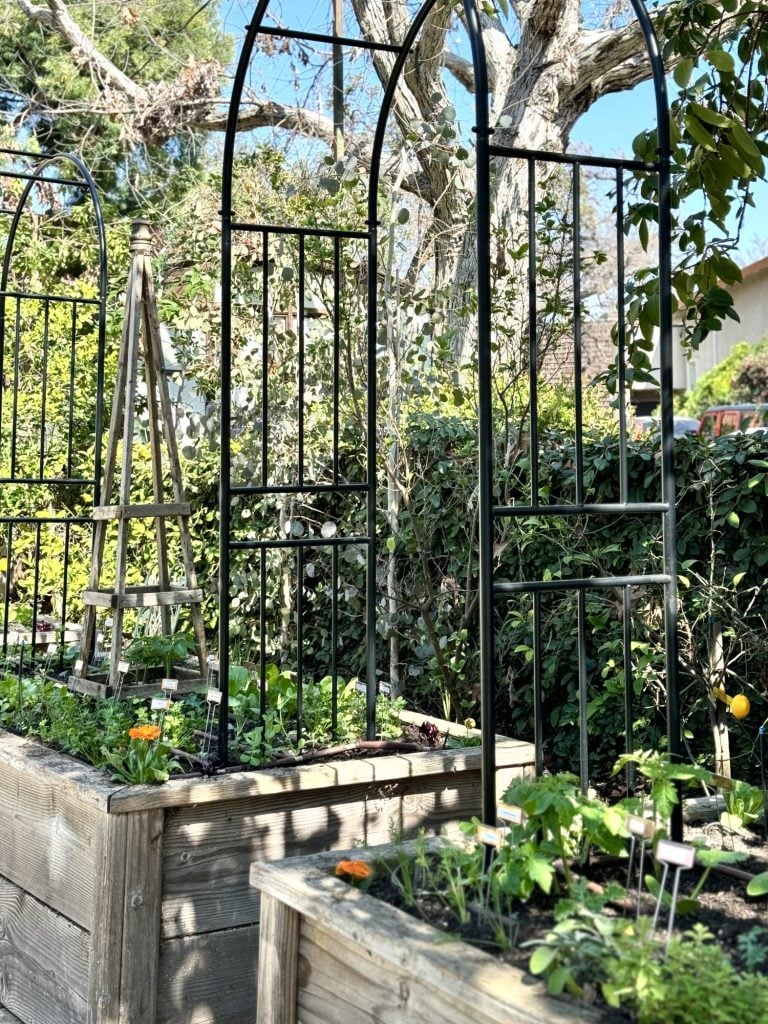


How to Plant a Kitchen Garden
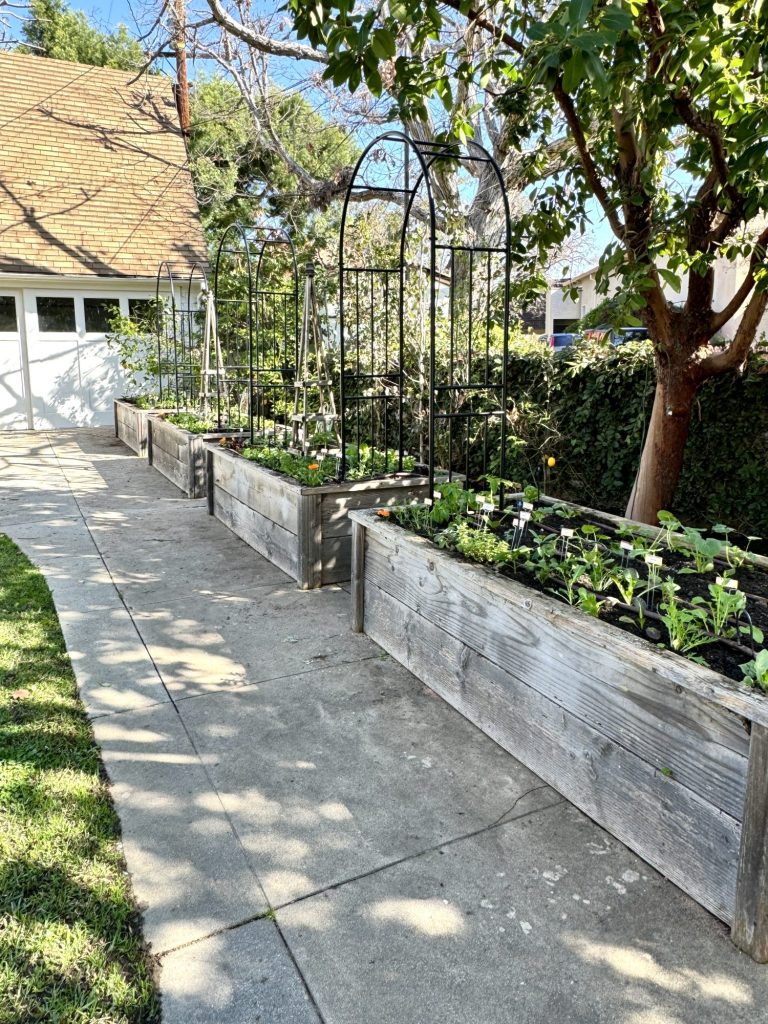
Embarking on the journey of creating a kitchen vegetable garden can be an incredibly rewarding experience. It’s a blend of art, science, and a dash of magic as you watch your efforts bloom into a bounty of fresh produce right at your doorstep.
To read the first part of this Kitcehn Garden series, go to the first post which explains my soil and garden prep titled My Dream Vegetable and Herb Kitchen Garden.
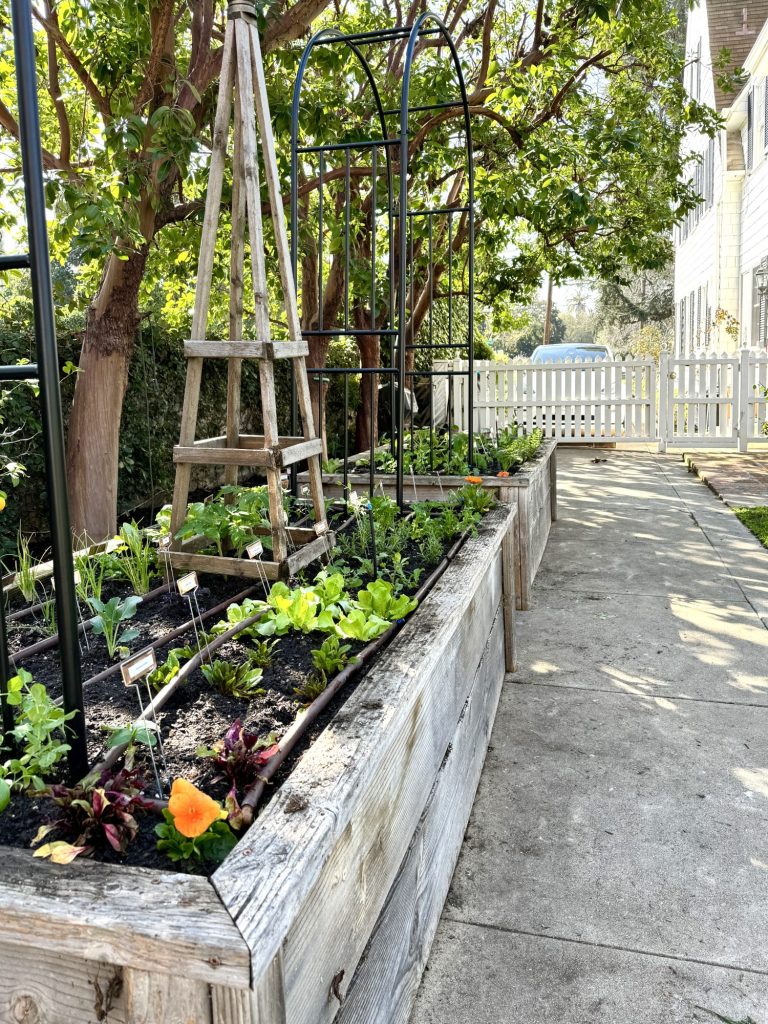
My adventure into establishing a kitchen garden was guided by the wisdom of Nicole Burke from Gardenary in her book Kitchen Garden Revival and the comprehensive online class, Kitchen Garden Academy 2.0.
I watched and loved her amazing online Kitchen Garden Academy and I highly recommend that you sign up for her free online mini Kitchen Garden workshop that will be held this week. I even watched some of the videos two times as there was so much information to learn.
On this blog, I may sometimes use affiliate links, which means a small commission is earned if you purchase via the link. The price will be the same whether you use the affiliate link or go directly to the vendor’s website using a non-affiliate link.
The Planning Phase
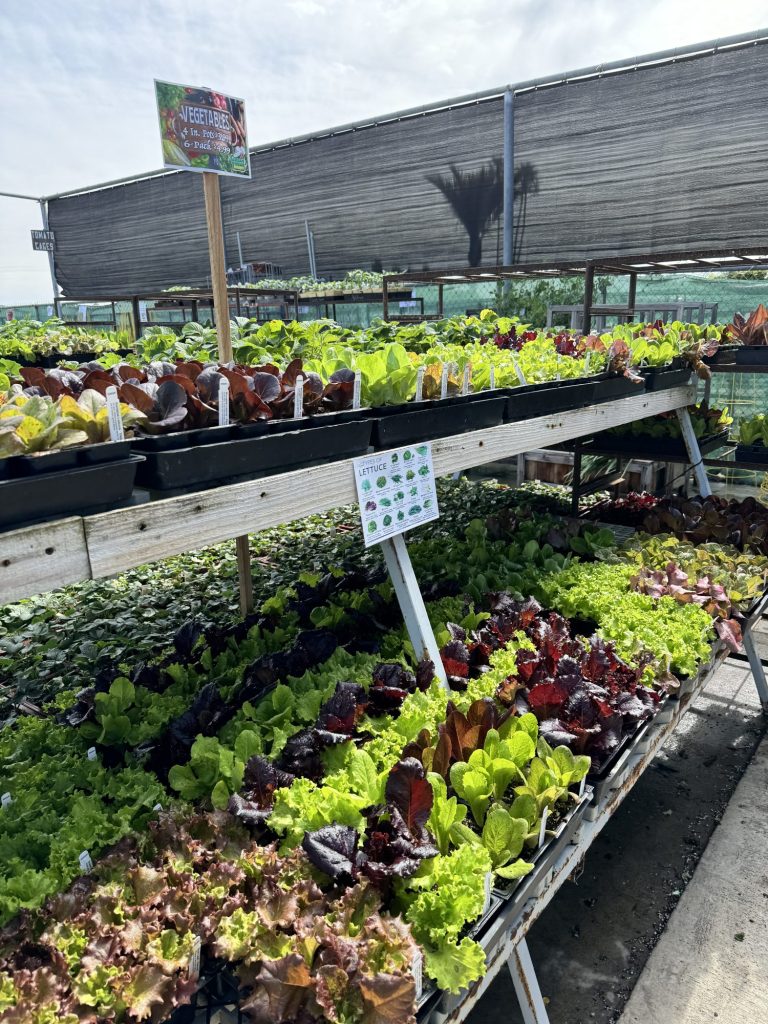
The initial step in my gardening endeavor was rooted in careful planning. Drawing inspiration from Nicole Burke’s strategies, I began by compiling a list of all the vegetables my family and I enjoyed. This wasn’t just about what we liked to eat; it was about envisioning the meals we could create from our garden.
Selecting the Plants for Our Kitchen Garden
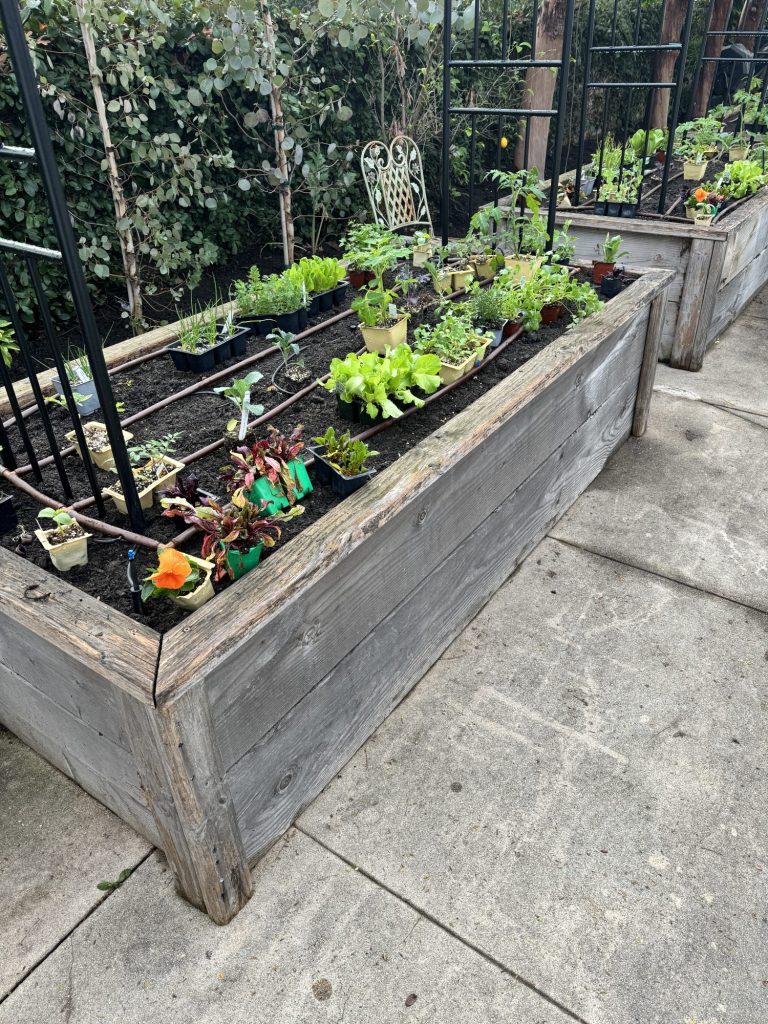
One of the promises I made to myself was that I would only plant what we eat. So the beautiful chard plants in Nicole’s garden were not going to be growing in ours!
After speaking to my husband Dave, and my son Matt, here is what we decided to plant:
- Basil
- Sage
- Oregano
- Chives
- Carrots
- Kale
- Cauliflower
- Cilantro
- Rosemary
- Parsley
- Green onions
- Strawberries
- Zucchini
- Cucumbers
- Cherry Tomatoes
- Roma Tomatoes
- San Marzano Tomatoes
- Heirloom Tomatoes
- Celery
- Watermelon Radishes
- Arugula
- Spinach
- Red lettuce
- Green lettuce
- Peppers – red, orange
- Jalapeños
- Green onions
- Zucchini
- Heirloom Beets
- Ruby Red Beets
- Golden Beets
- Chinese Snow Peas
- Sugar Snap peas
- Broccolini
The next step involved creating a master seasonal planting calendar. This calendar became my roadmap, detailing when each vegetable should be planted to ensure a continuous harvest throughout the growing season.
The planning didn’t stop there; the next piece of the puzzle was to create planting guides. These guides were not just lists; they were blueprints that considered the mature size of each plant – categorized as small, medium, or large.
Designing the Layout
With the list and calendar in hand, I moved on to design the layout of our garden beds. The plants were organized based on their size, with small plants being allocated 6 to 8 per square foot, medium plants 4 per square foot, and large plants 1 per square foot. This meticulous planning ensured that each plant had enough room to thrive without overcrowding its neighbors.
Once the plans were laid out on graph paper, Nicole suggested that you bring them to life with watercolors, painting each plant a different color to create a vibrant visual guide. This step not only helped in visualizing the garden but also served as a beautiful reminder of the project’s potential.
Preparing for Planting
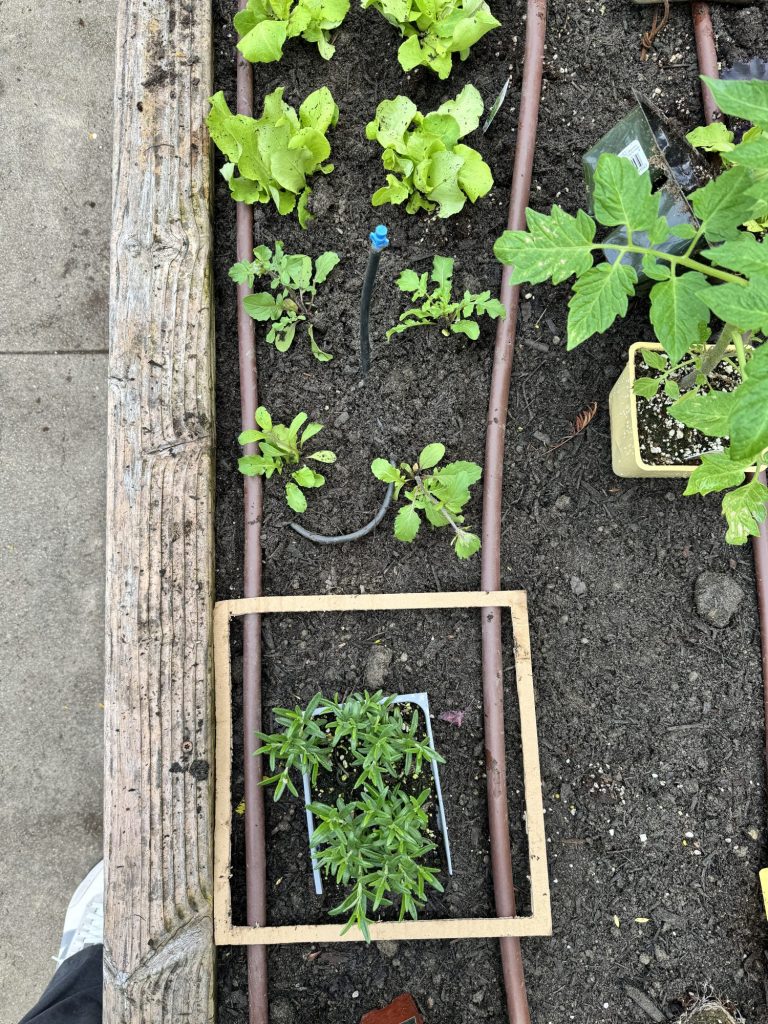
Before the actual planting began, I took an additional step to ensure success. I crafted a 12″ square cardboard pattern, a simple yet helpful tool to help maintain the correct spacing between plants.
An exacto knife, a piece of cardboard (or a box), and a ruler are all you need to make this.
This pattern was not just about keeping the plants straight; it was about maximizing the garden’s productivity by ensuring each plant had the space it needed to grow.
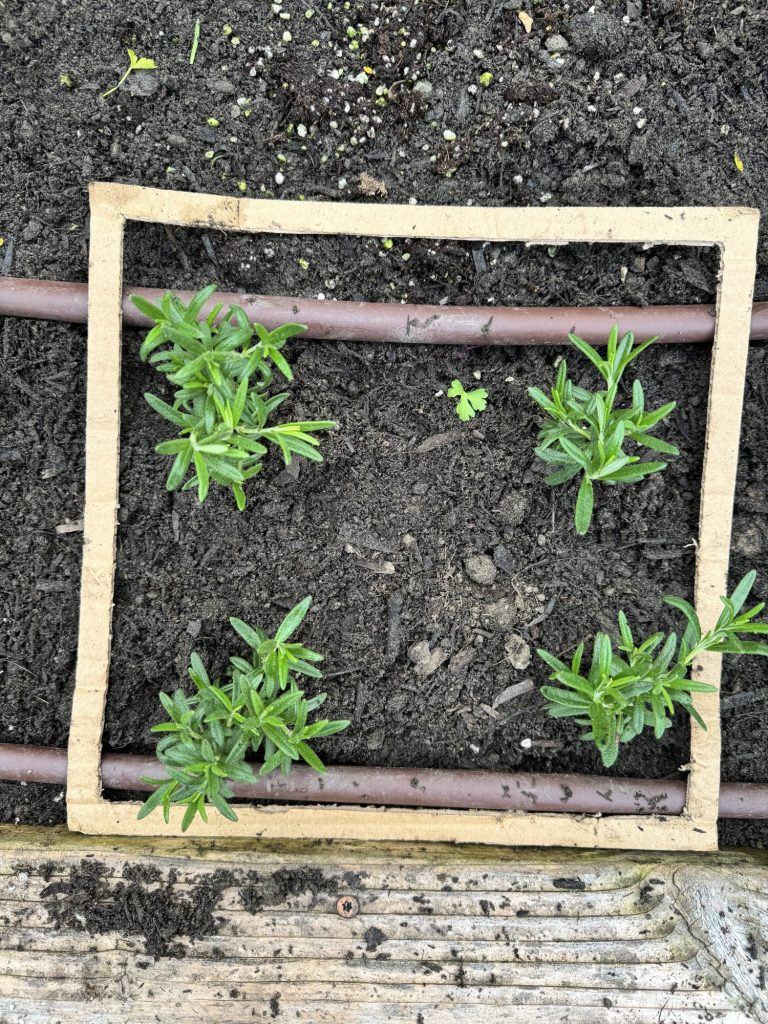
This attention to detail in the planning and preparation phase was crucial for the garden’s overall success. I will do anything I can to improve the odds that this garden is a success!
Planting and Beyond
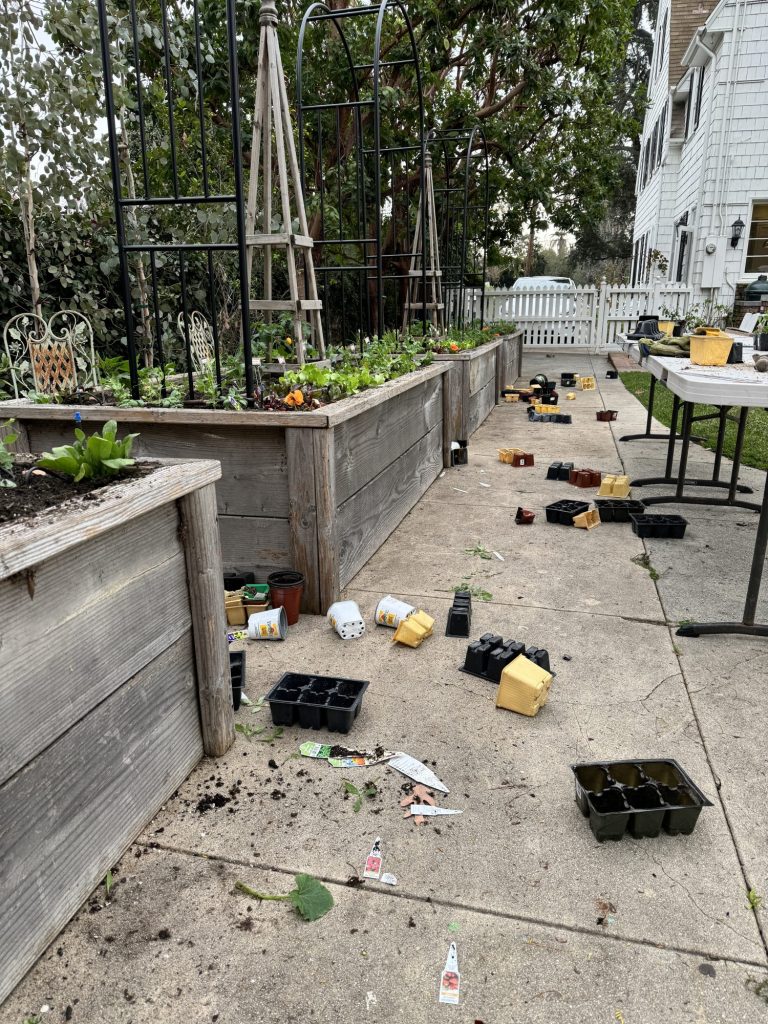
With the layout designed and the preparations complete, it was time to lay out the plants in the garden. Despite the thorough planning, a few adjustments were made to accommodate the real-life arrangement of the garden.
It was a lot of work, and as you can see I used a lot of plants. I am guessing 250ish?
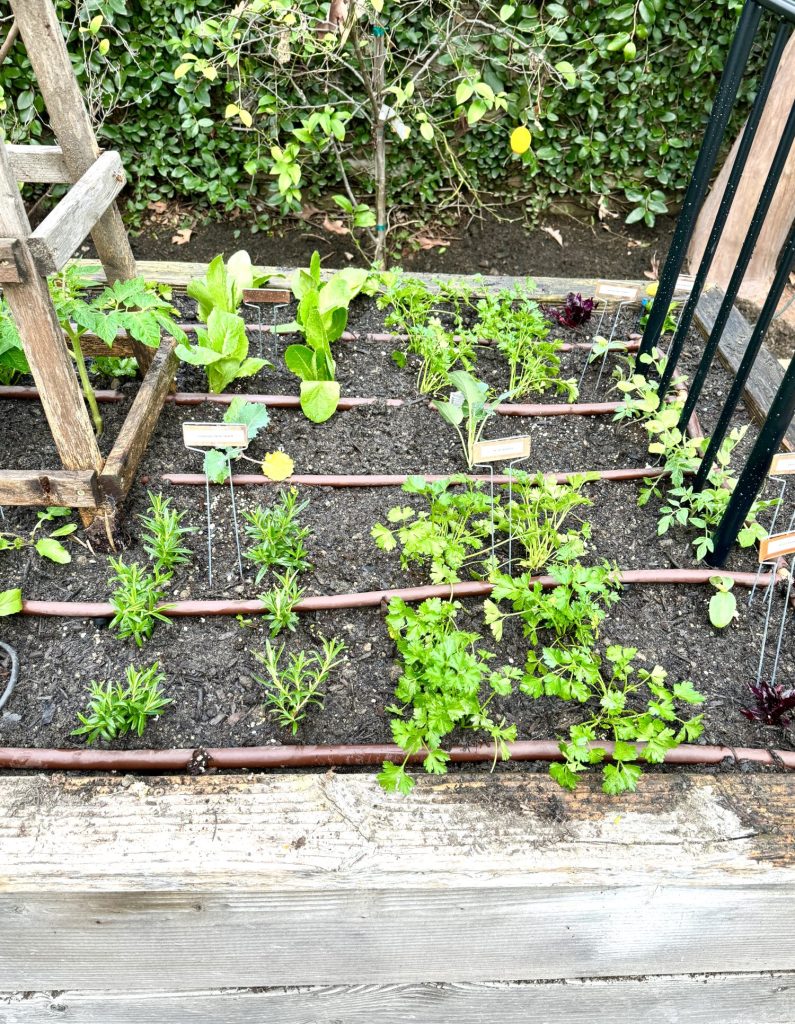
The actual planting process was a mix of excitement and hard work. I probably overthought it way too much but I want this garden to thrive! The cardboard pattern proved invaluable, ensuring each plant was placed with precision.
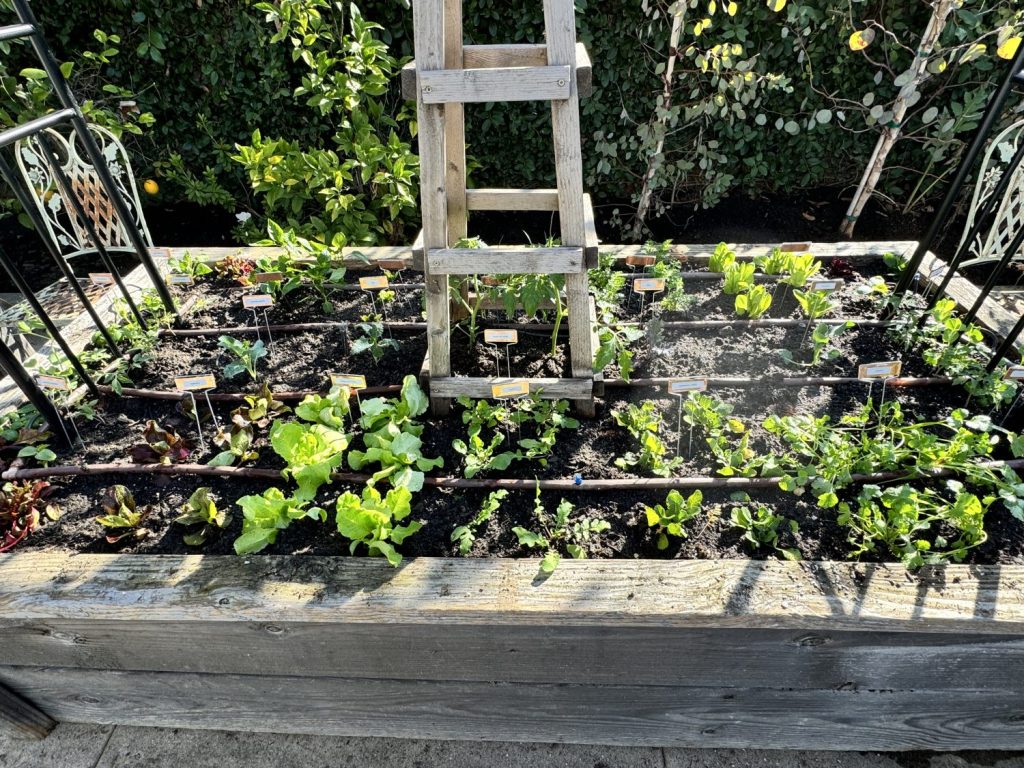
How long did it take to plant? I started at 10:00am and finished at 4:00pm. I did take some breaks and I also ran out to pick up some more plants so I am guessing it took about four hours.
And yes, I planted my kitchen garden all by myself.
Custom Plant Markers
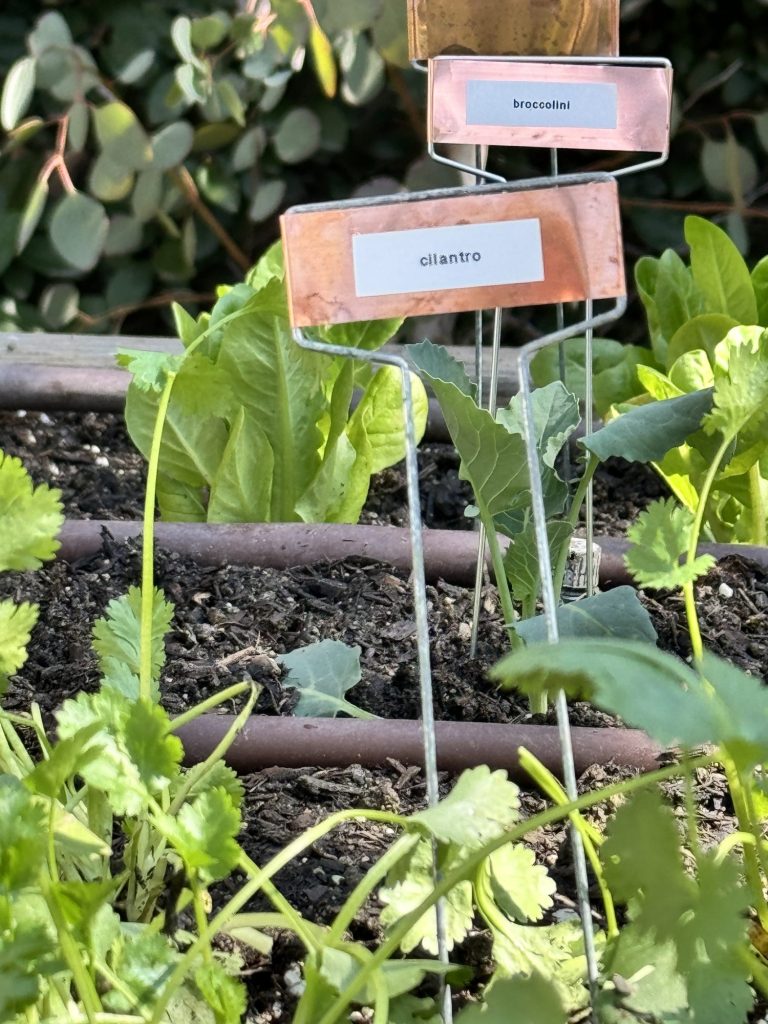
After planting, I made custom plant markers using copper plant stakes and my label machine, adding a personal touch to the garden and making it easier to identify the plants as they grew.
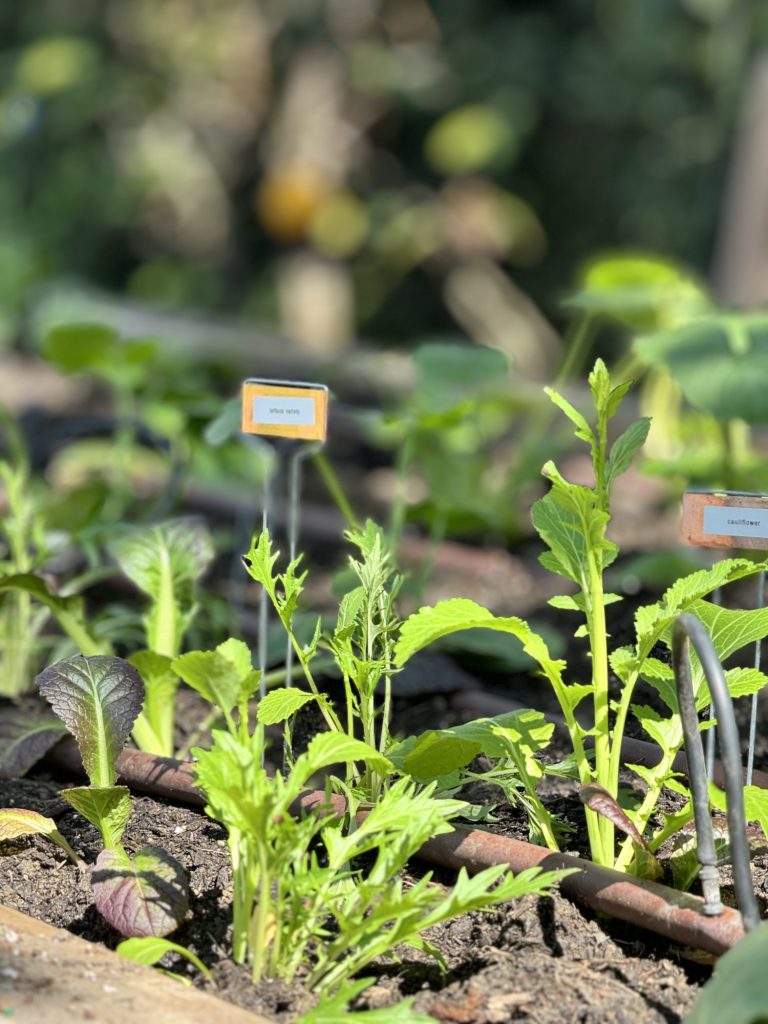
Over time I will likely make some plant adjustments. As more of the herbs become available, I will add them to the garden. I planted over twenty tomato plants but I might even plant a few more!
The final step in the process was to give the garden a thorough soaking. Water is the lifeblood of the garden, and this initial watering was crucial for helping the plants settle into their new home. With the garden planted and watered, all that remained was to wait and watch as the kitchen garden grew.
Reflections and Anticipation
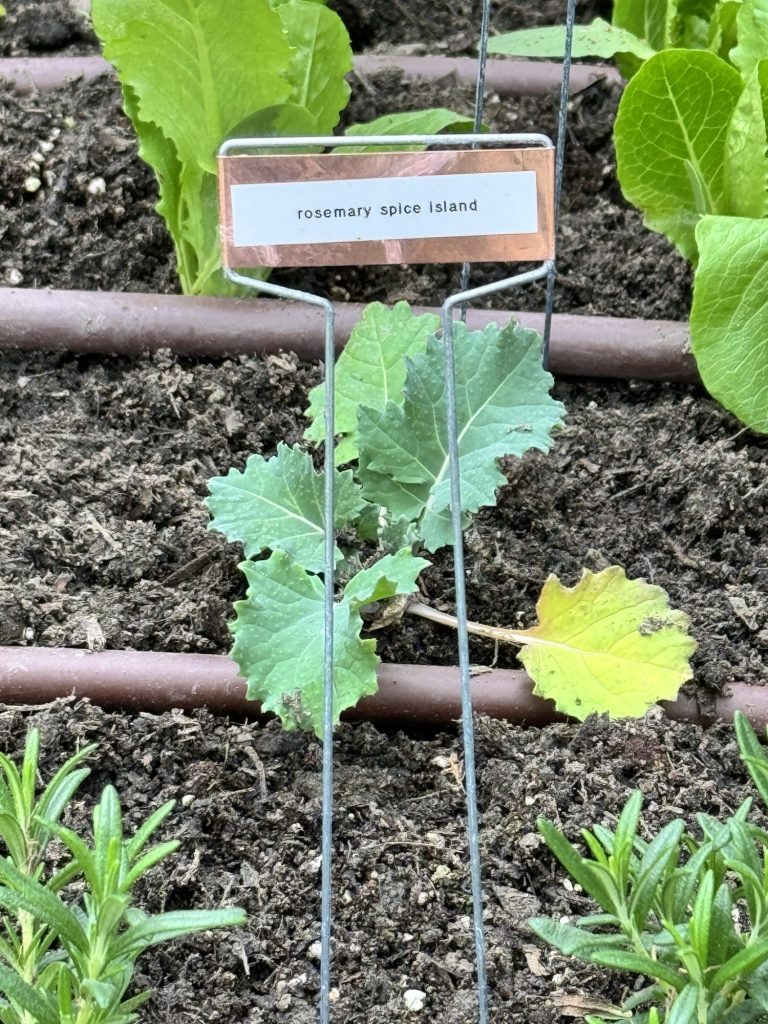
The process of planning and planting a kitchen vegetable garden, guided by Nicole Burke’s expertise, was a journey filled with learning and anticipation. The meticulous planning phase, the creative process of designing the garden layout, and the hands-on experience of planting and caring for the garden were all steps on the path to creating a sustainable source of fresh vegetables for my family.
As I reflect on the journey, I am filled with a sense of accomplishment and excitement for the future. The kitchen garden is not just a space for growing food; it’s a canvas for creativity, a laboratory for learning about nature, and a sanctuary for the soul.
The anticipation of watching the seeds sprout, the plants grow, and eventually harvesting the fruits of my labor fills me with joy.
Now I just need to stop walking out there every few hours looking for plant growth. Hehe.
So What’s Next?
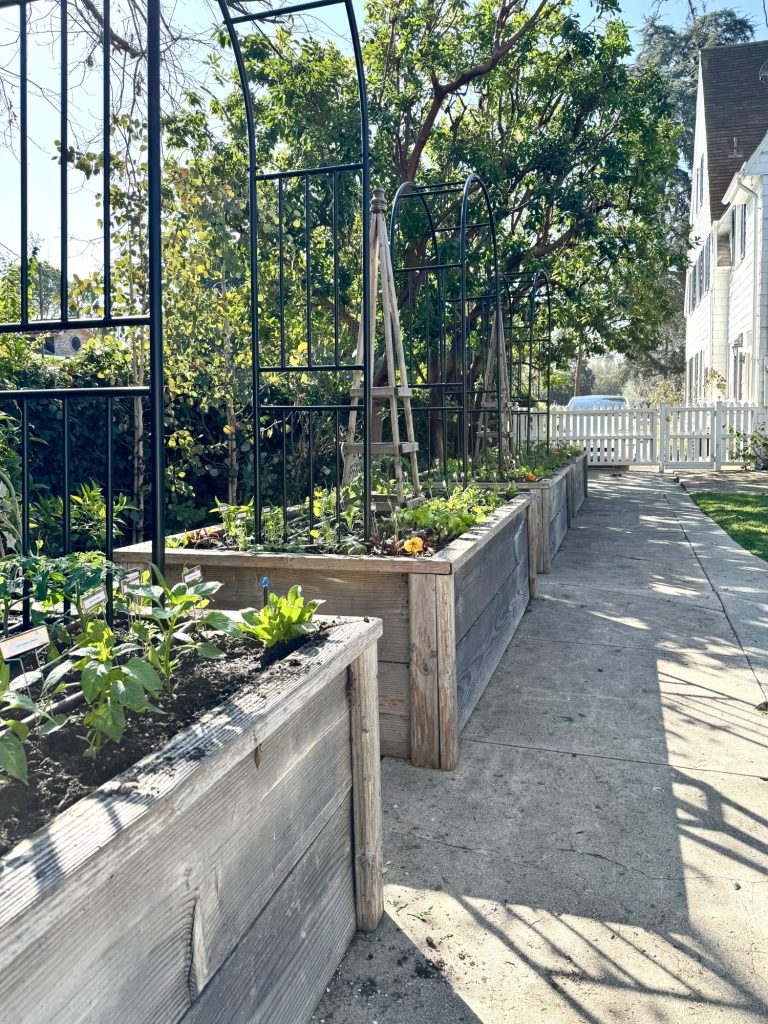
As the garden begins to grow, the adventure continues.
I will be sharing everything about garden maintenance, fertilizing, and what I am sure will be some battles with pests.
But I will also share the joy of the wonderful vegetables and herbs that are growing in our garden.
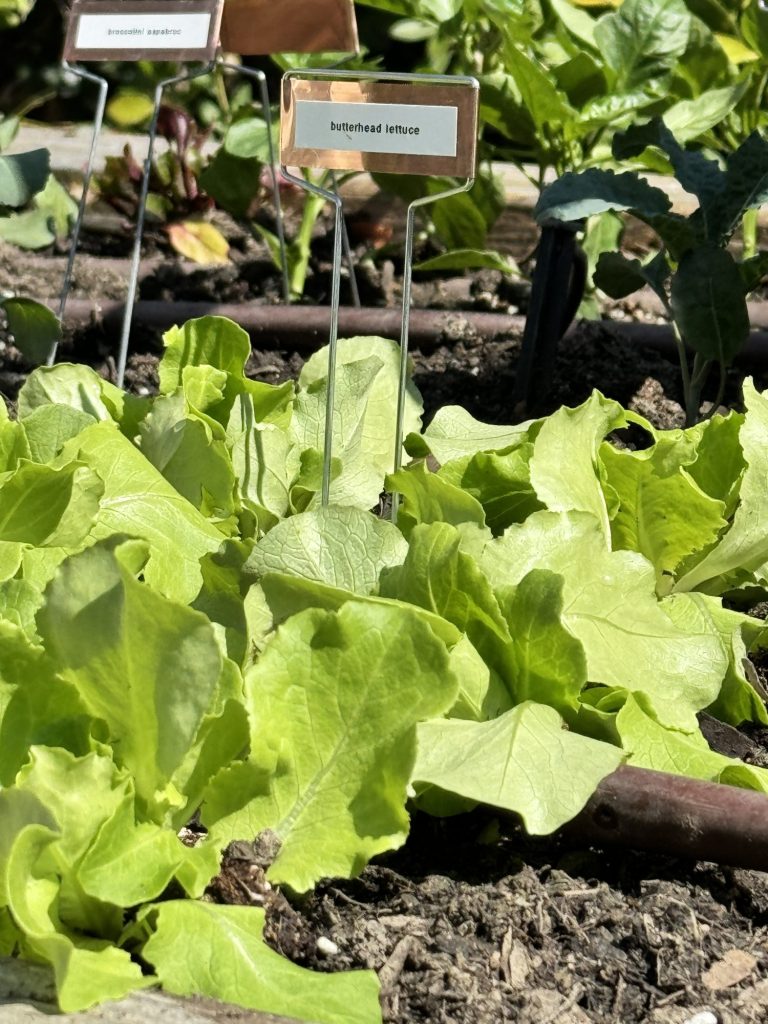
It will likely be a few weeks before my first harvest. Some of the lettuce plants I bought are bigger and should be ready for clipping by then.
The seasonal planting calendar will guide me through the cycles of the garden, from planting to harvest. The watercolor plans, now a colorful reminder of the project’s beginnings, will continue to inspire and guide the garden’s evolution. The cardboard pattern, a simple tool, has become a symbol of the planning and care that went into this garden.
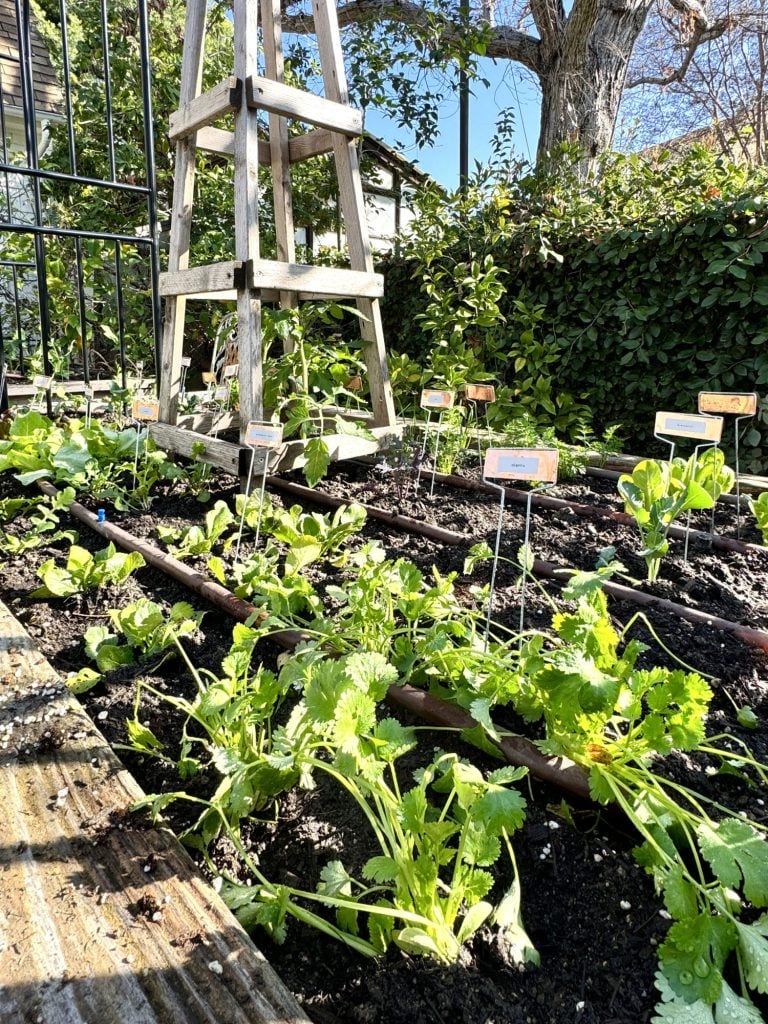
The kitchen vegetable garden, born from the pages of Nicole Burke‘s book and online class, is now a living, growing testament to the power of thoughtful planning and hard work.
It’s a place where meals begin, where nature meets nurture, and where each day brings new growth and possibilities. As I watch my kitchen garden grow, I am reminded of the beauty of growth, the importance of sustainability, and the joy of harvesting the fruits of our labor.
It feels like my love for gardening has resurfaced. And I am excited.
My Favorite Amazon Gardening Must Haves!
If you are enjoying my blog, you can sign up to receive my blog updates here.
Pin the image below to your boards on Pinterest (just click the Pin button in the top left corner). You can also follow along with me on Pinterest!
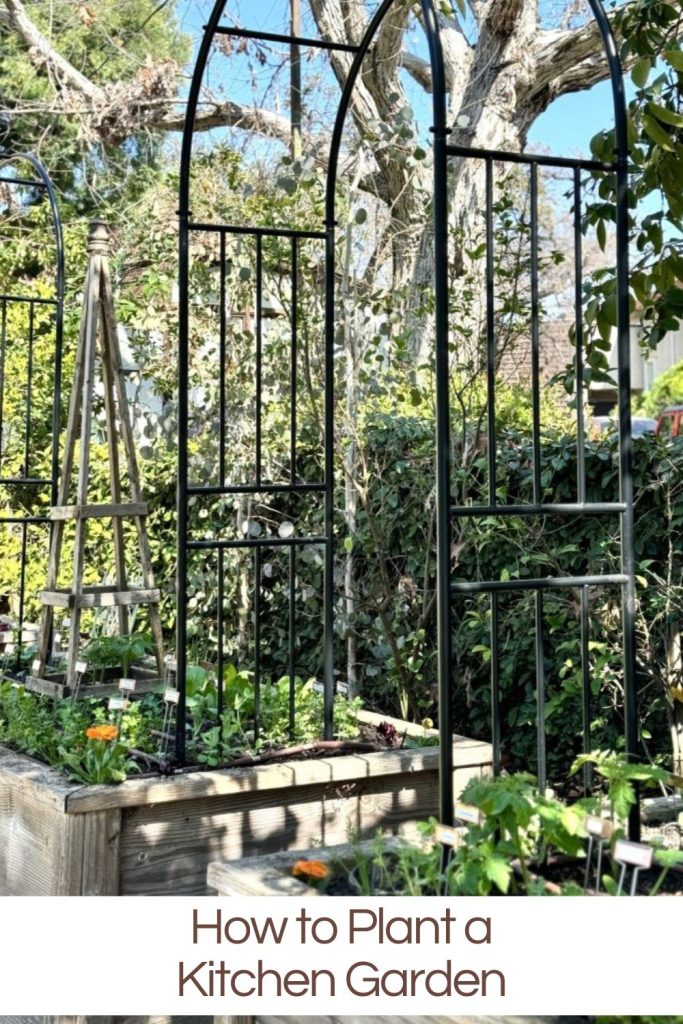
For more real-time updates, follow me on Instagram @My100YearOldHome

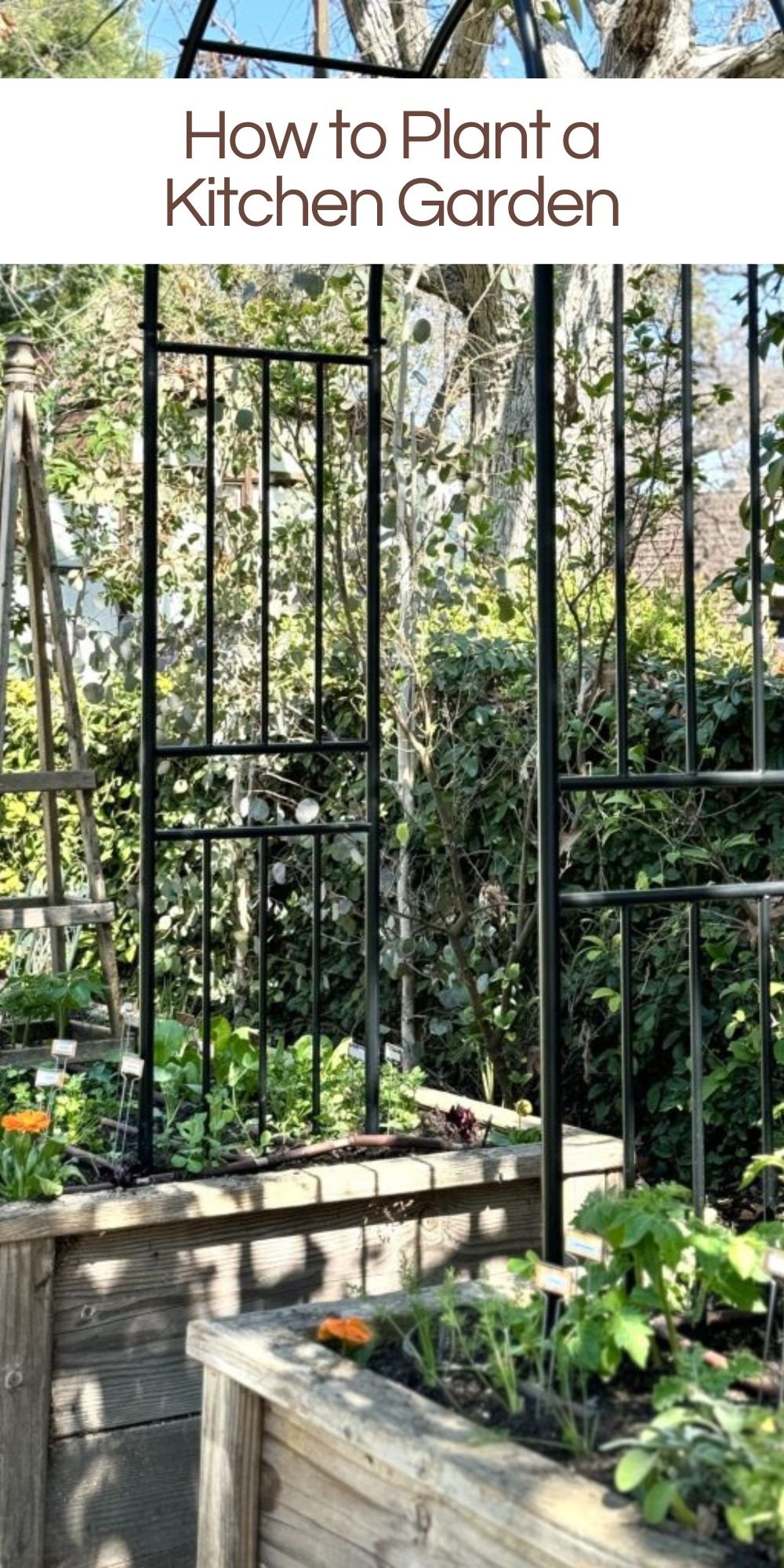
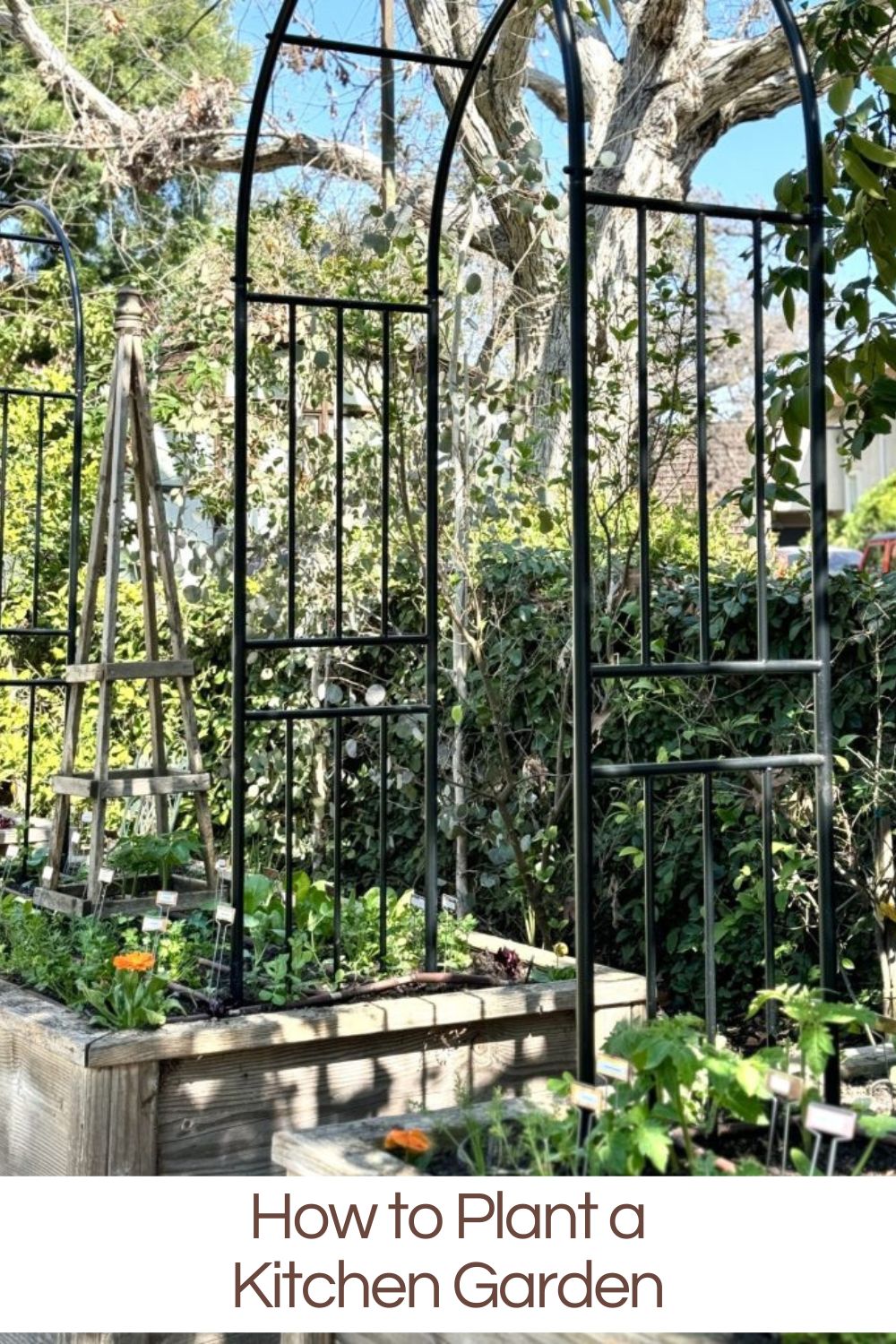
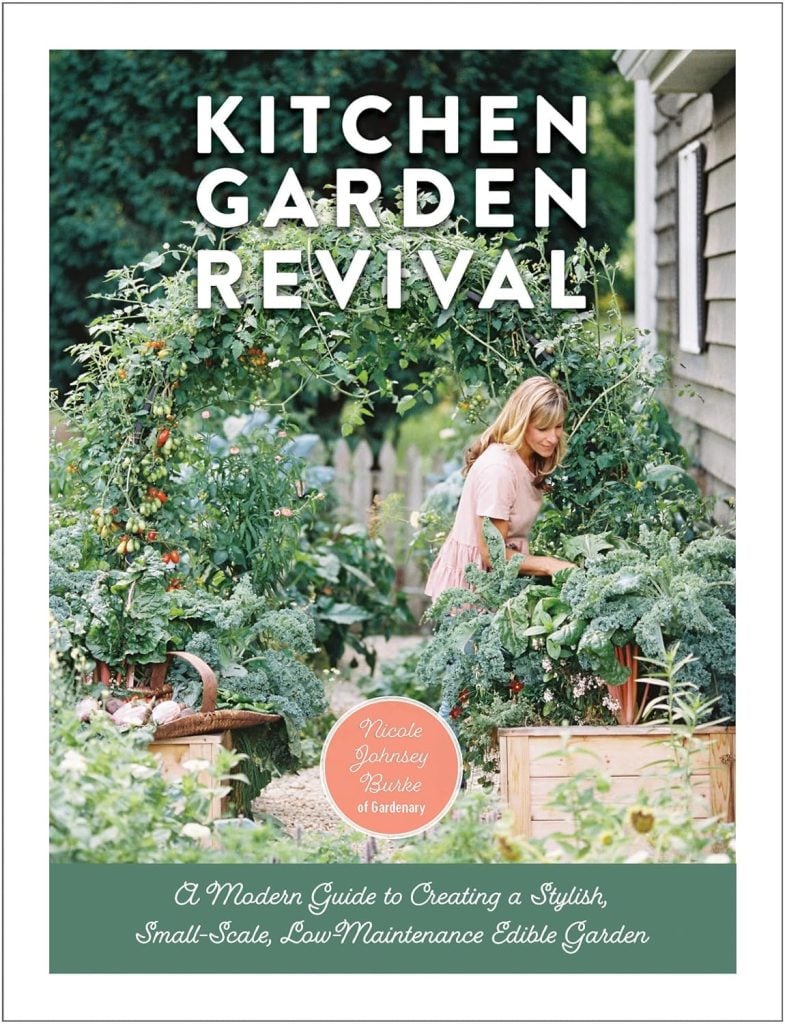
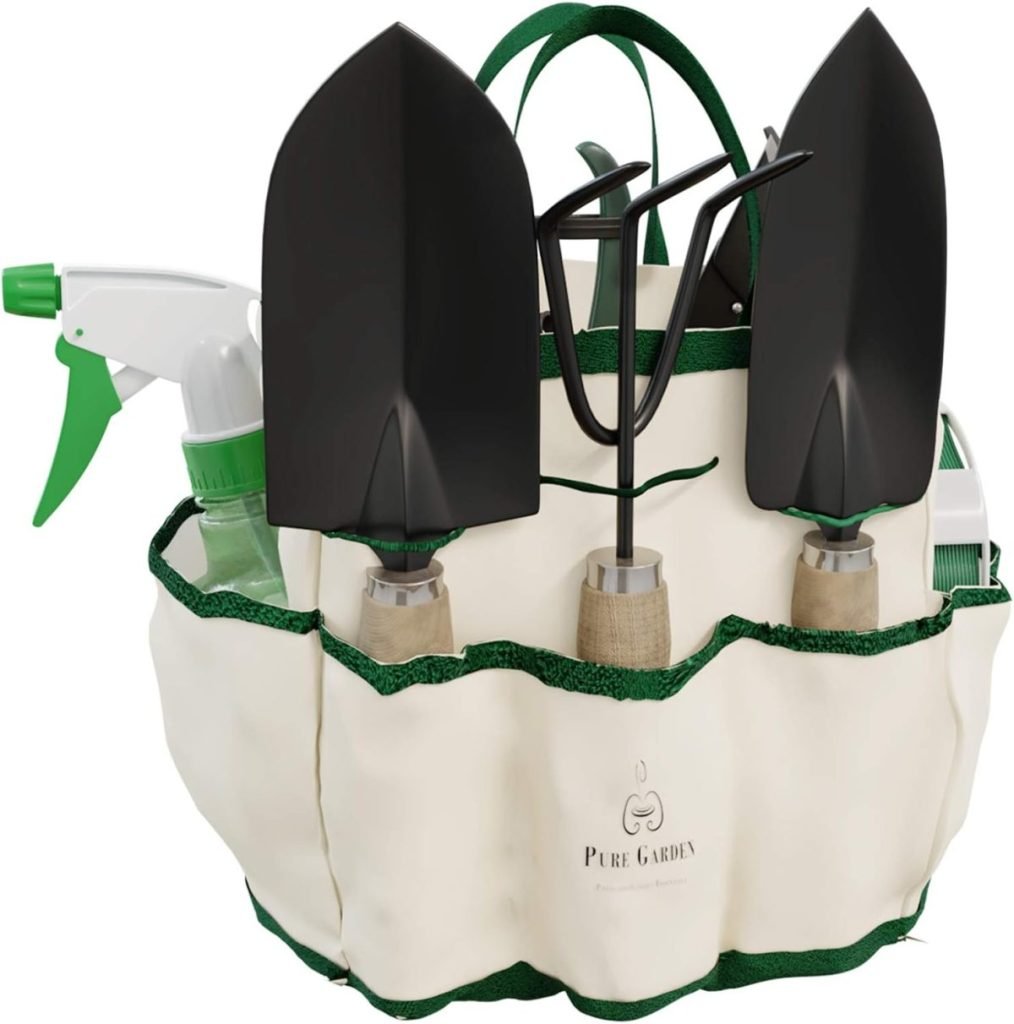
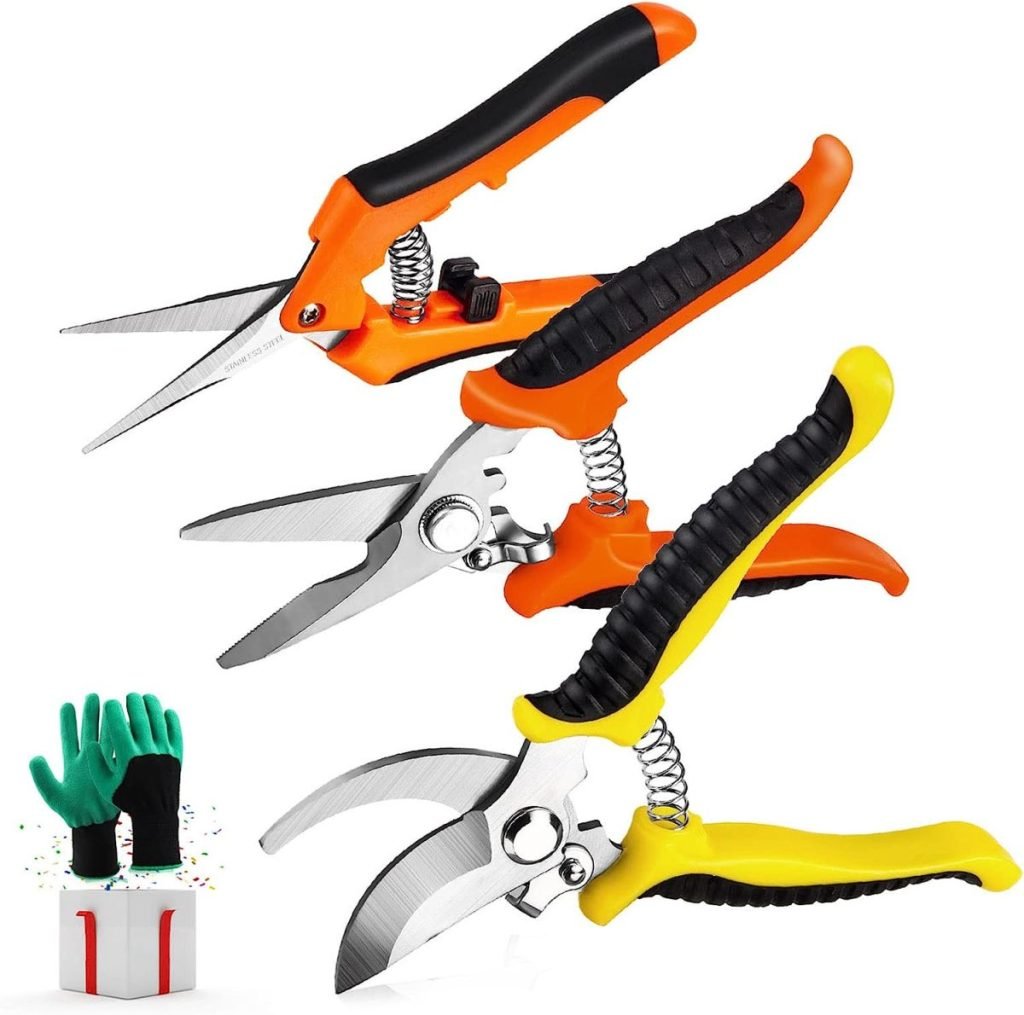
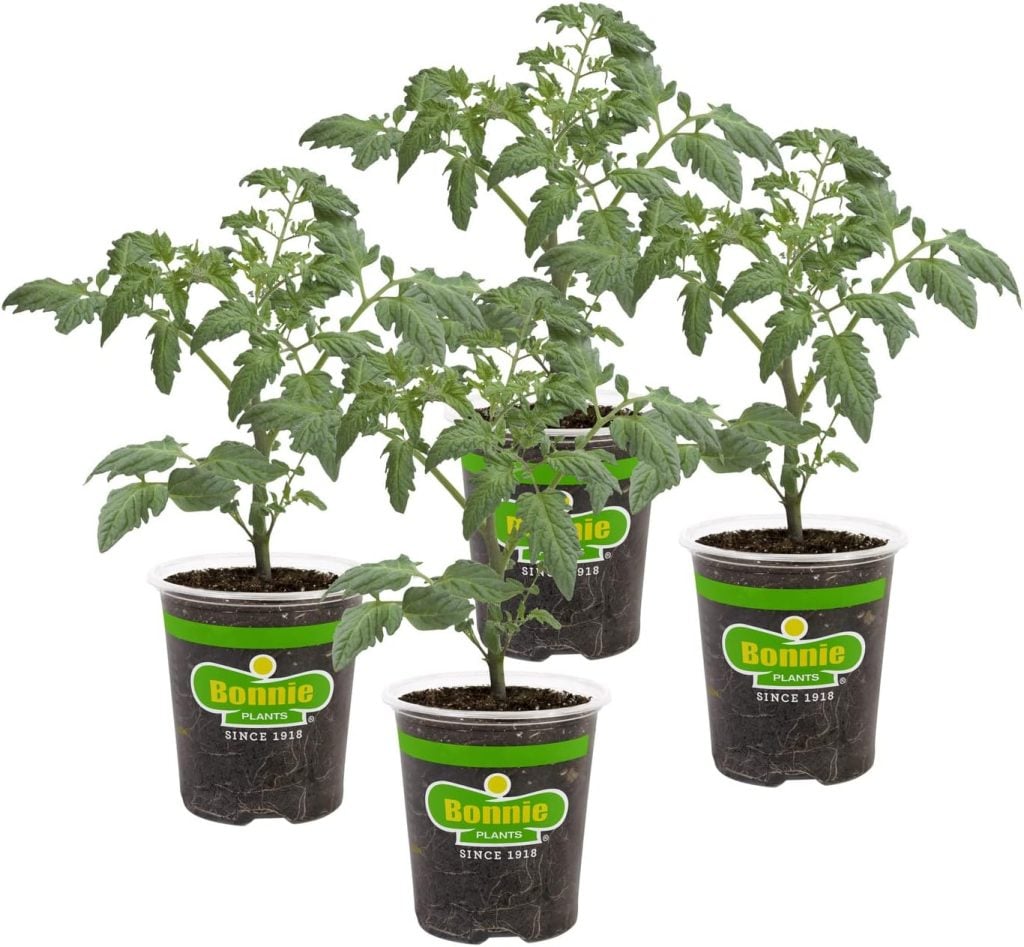
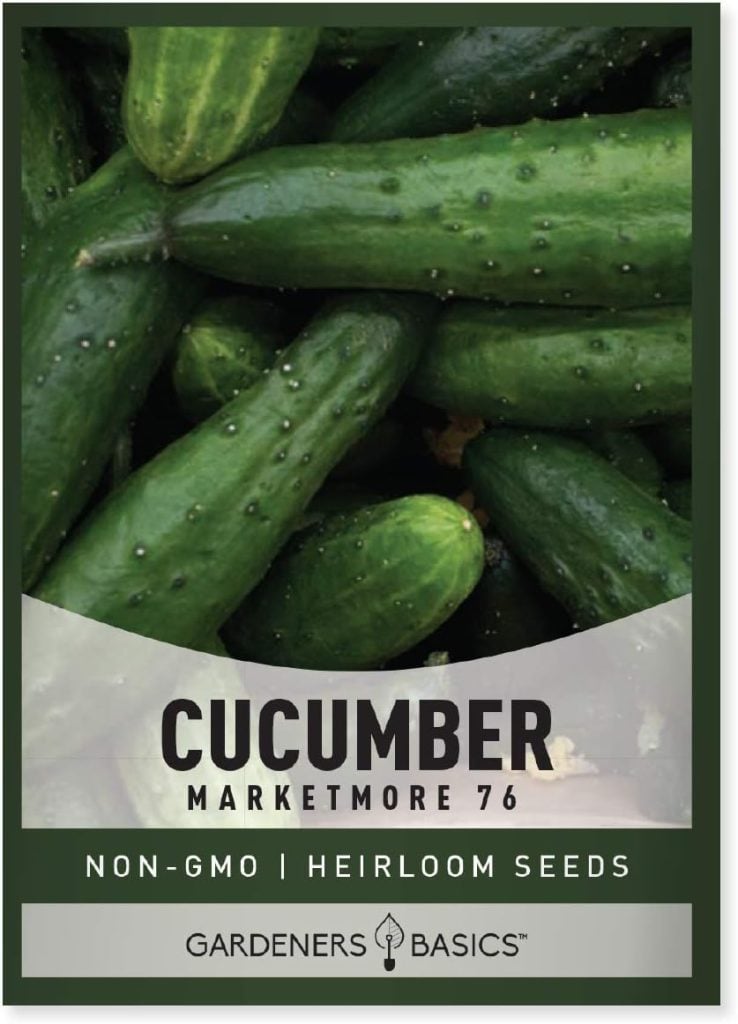
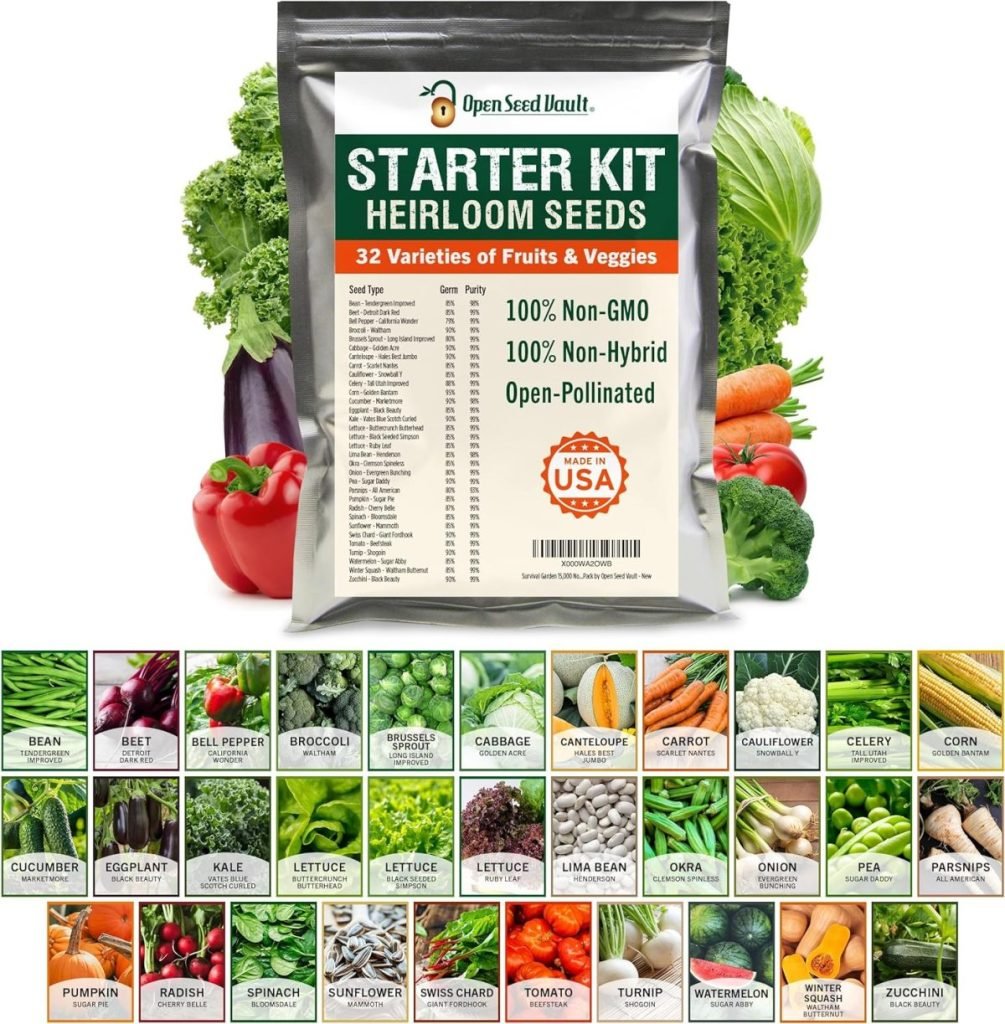

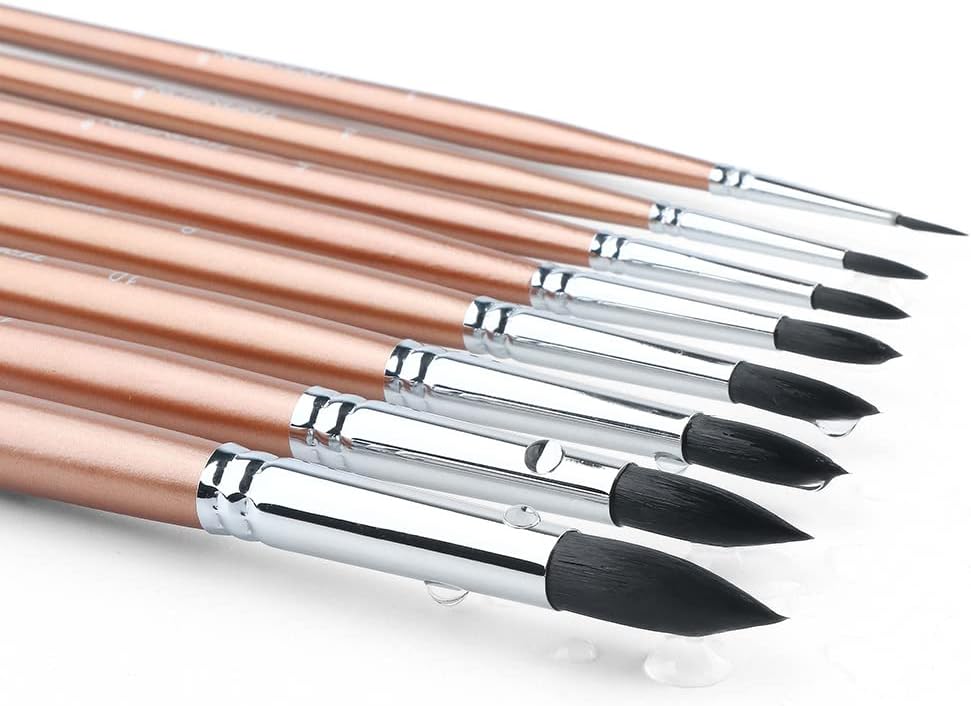
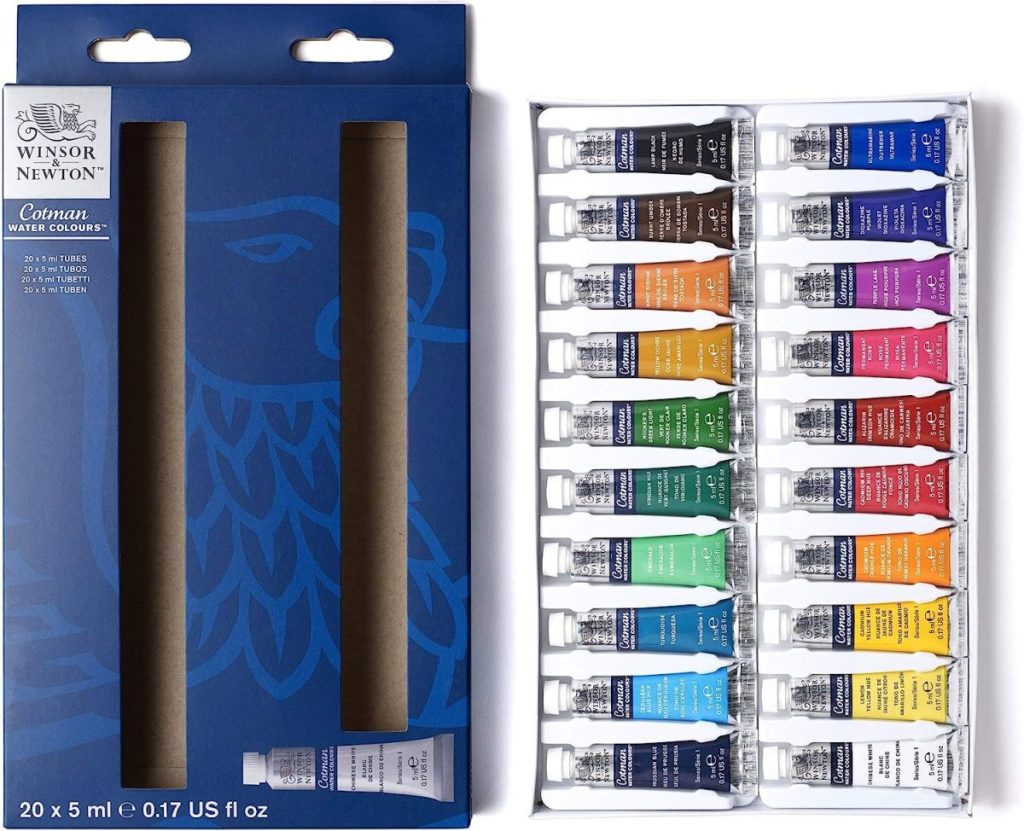
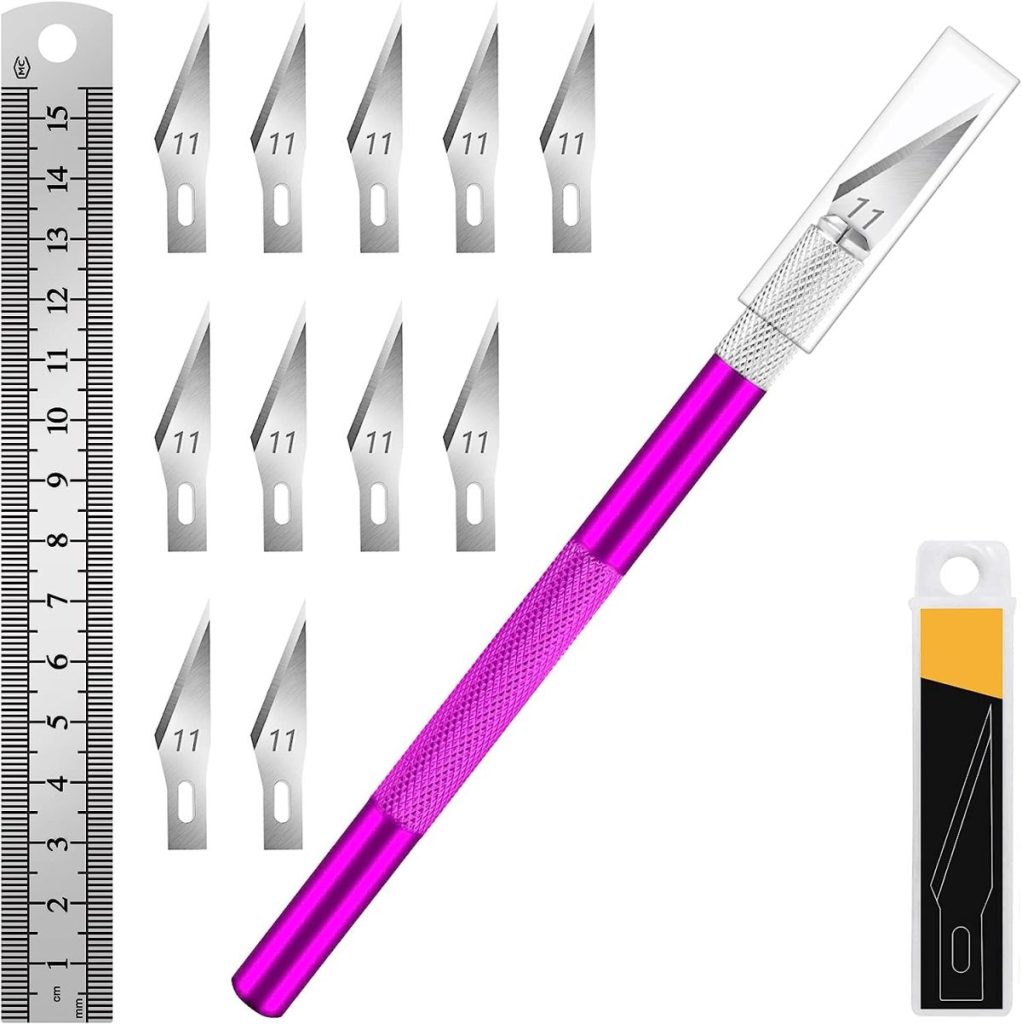
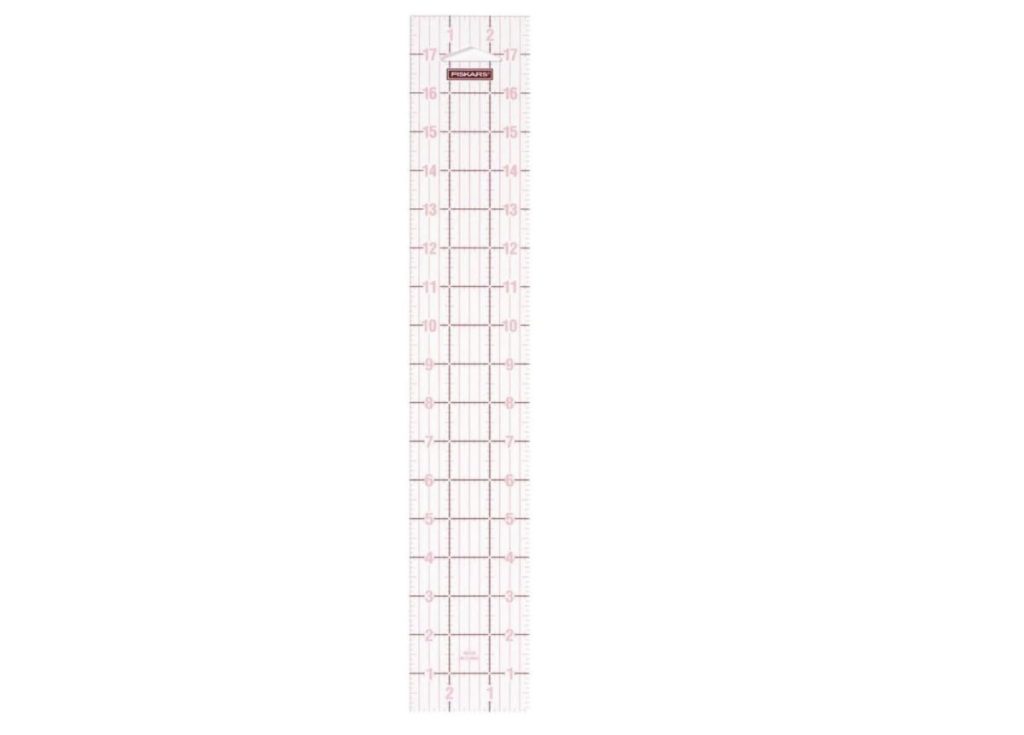
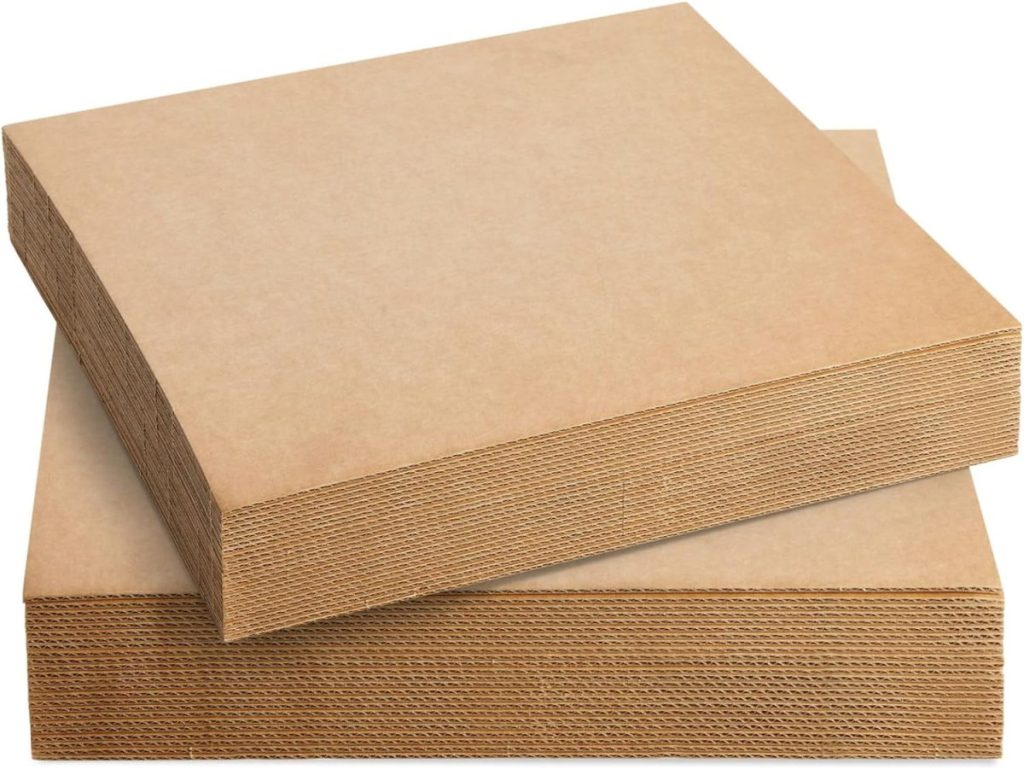
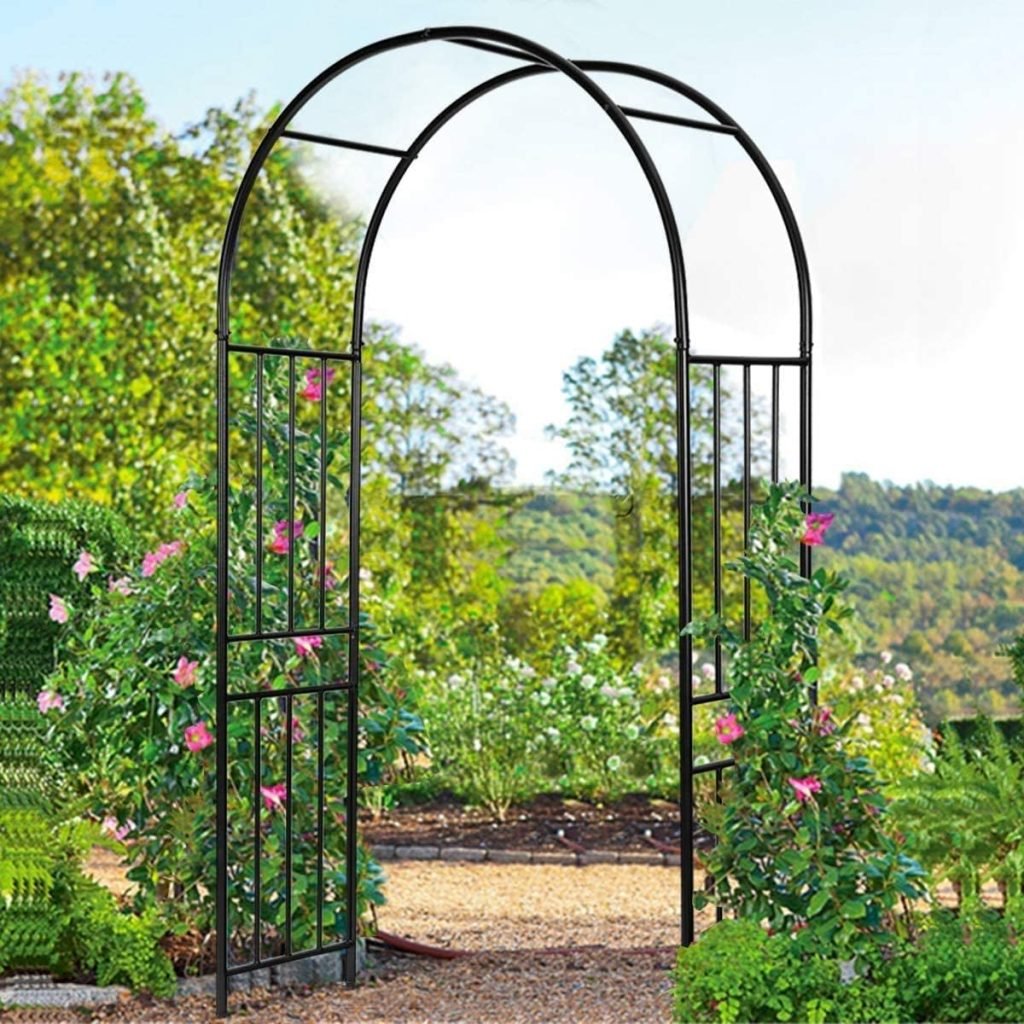
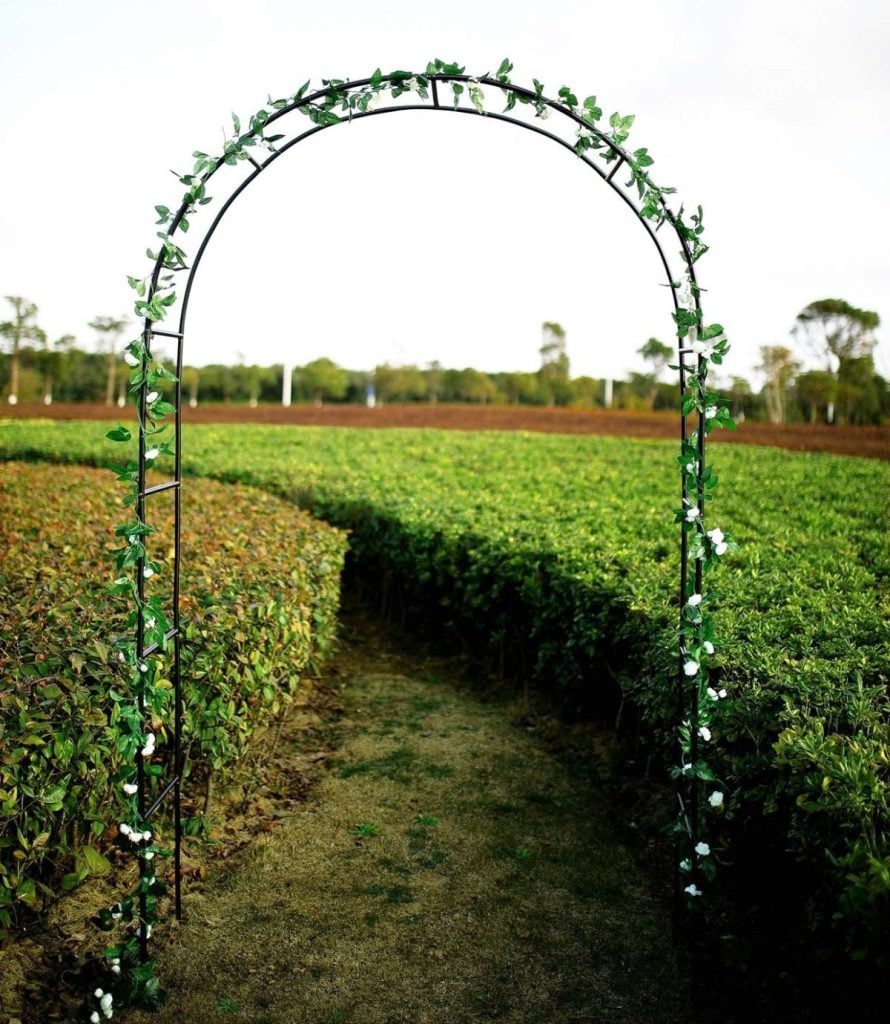
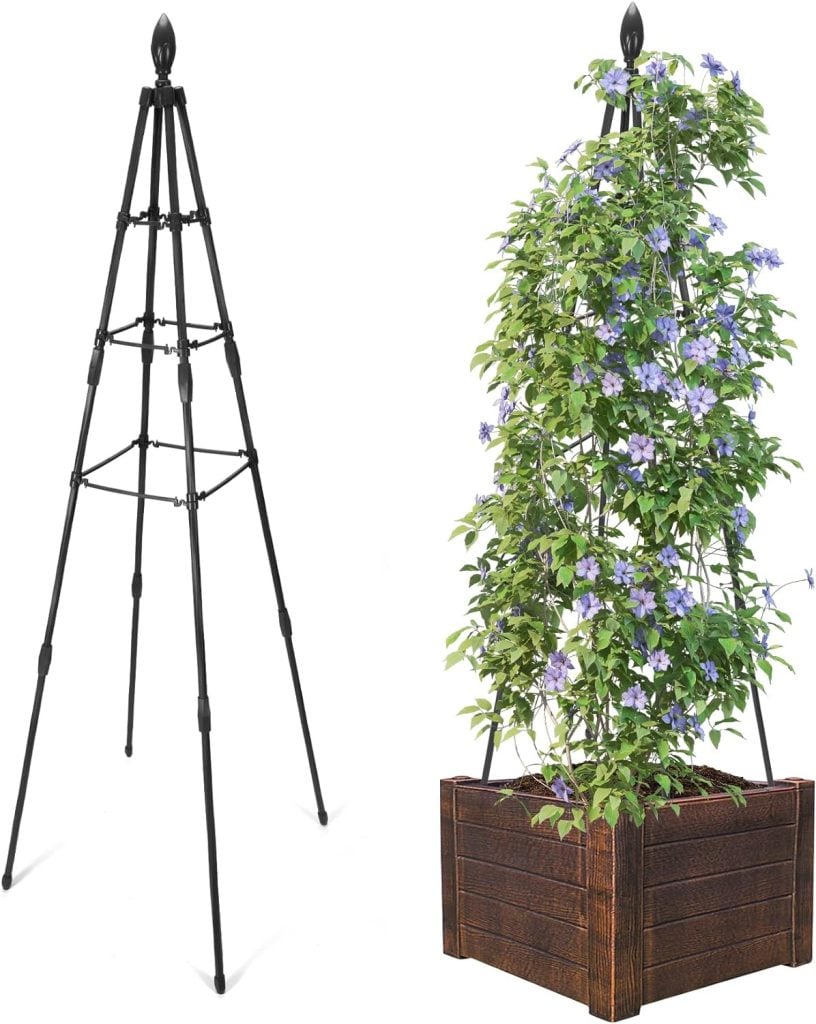
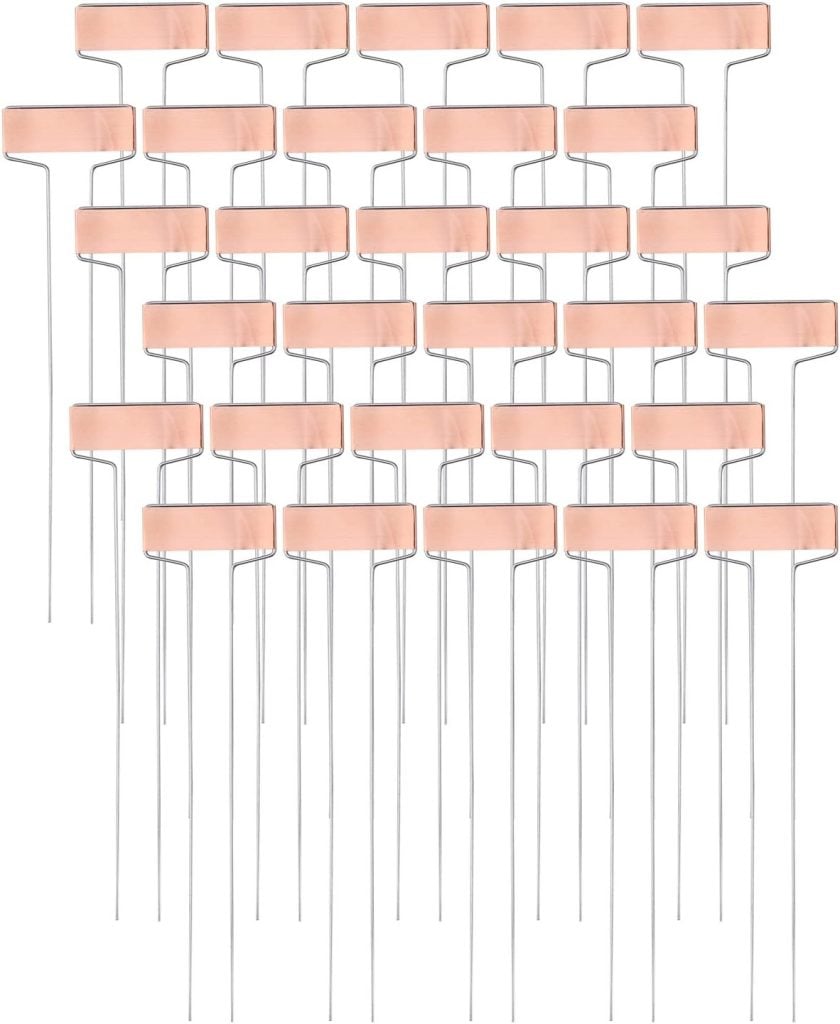
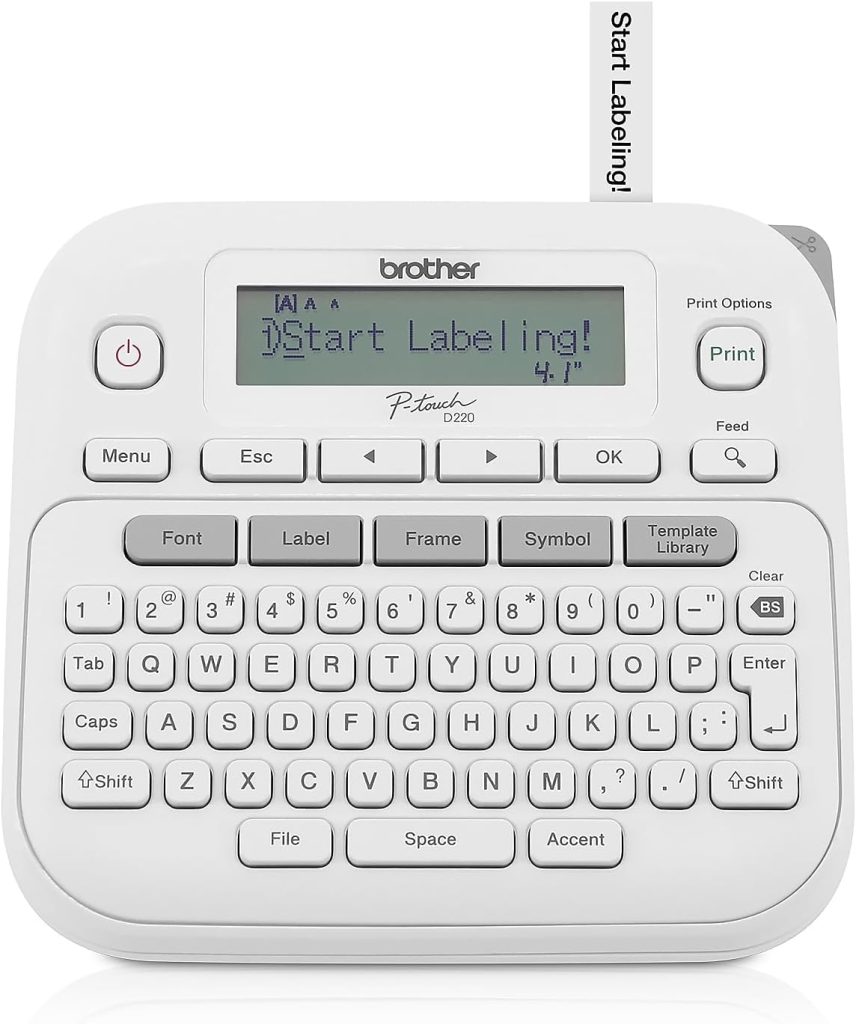
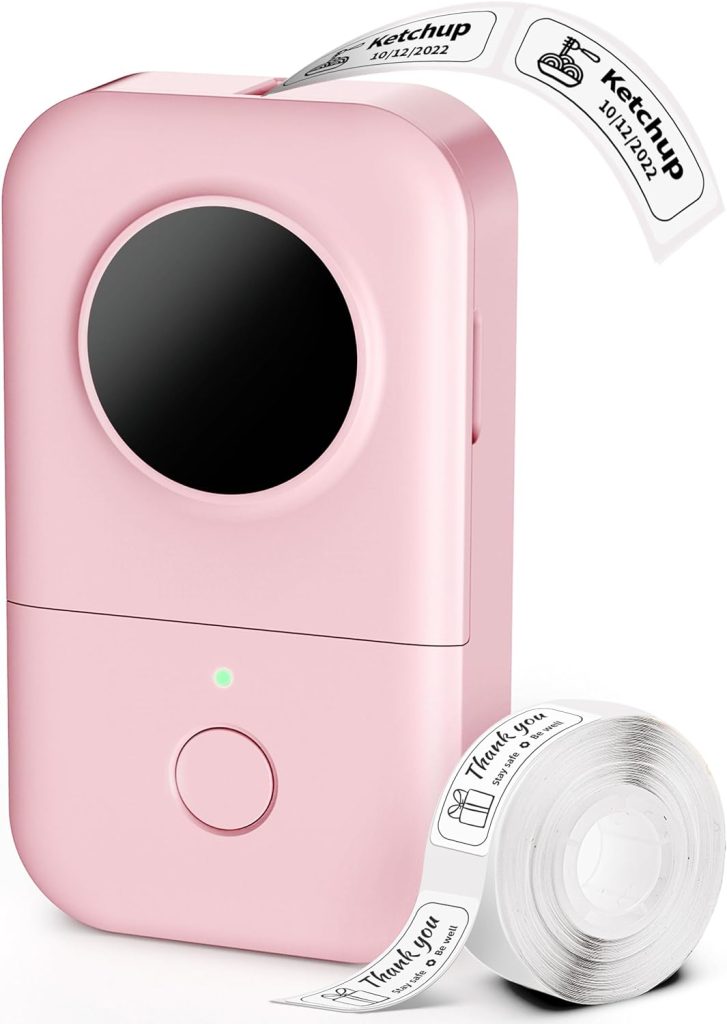

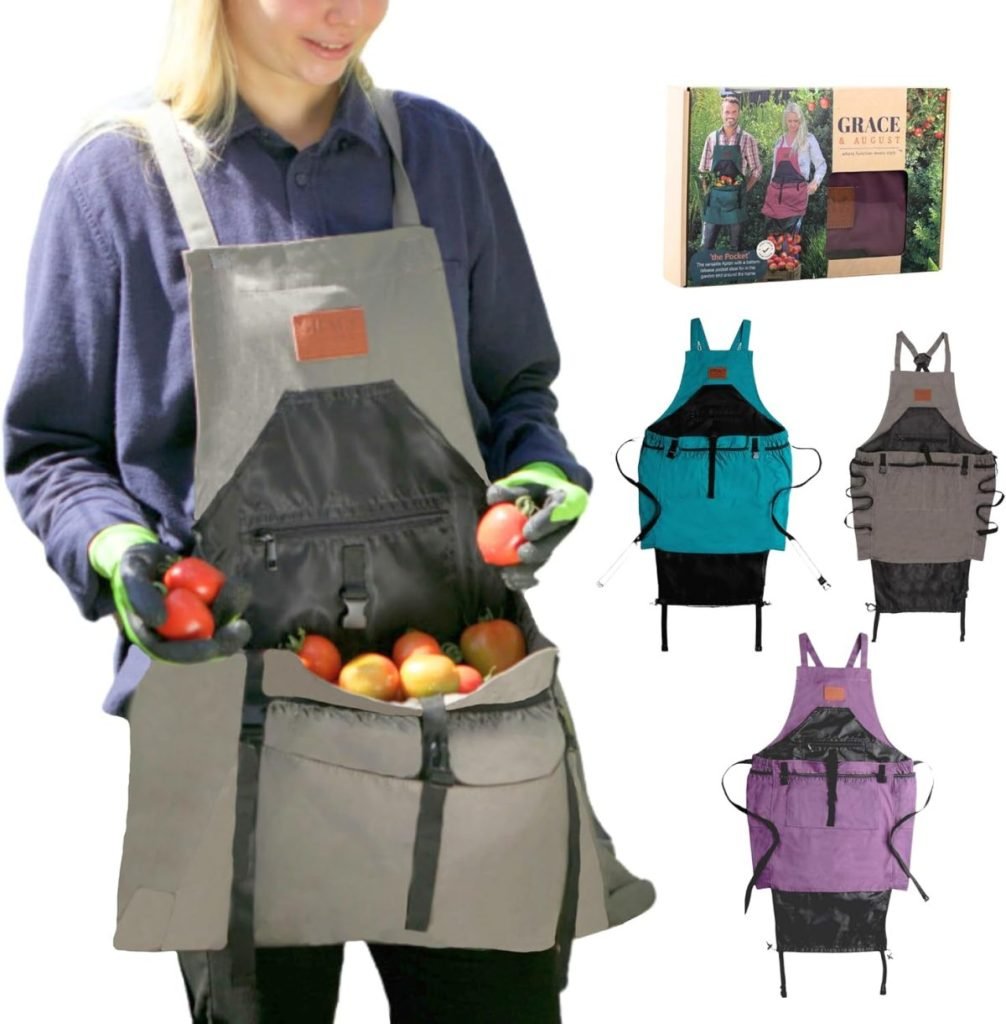
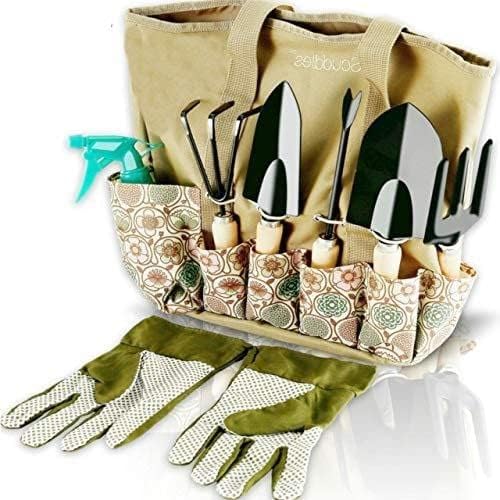
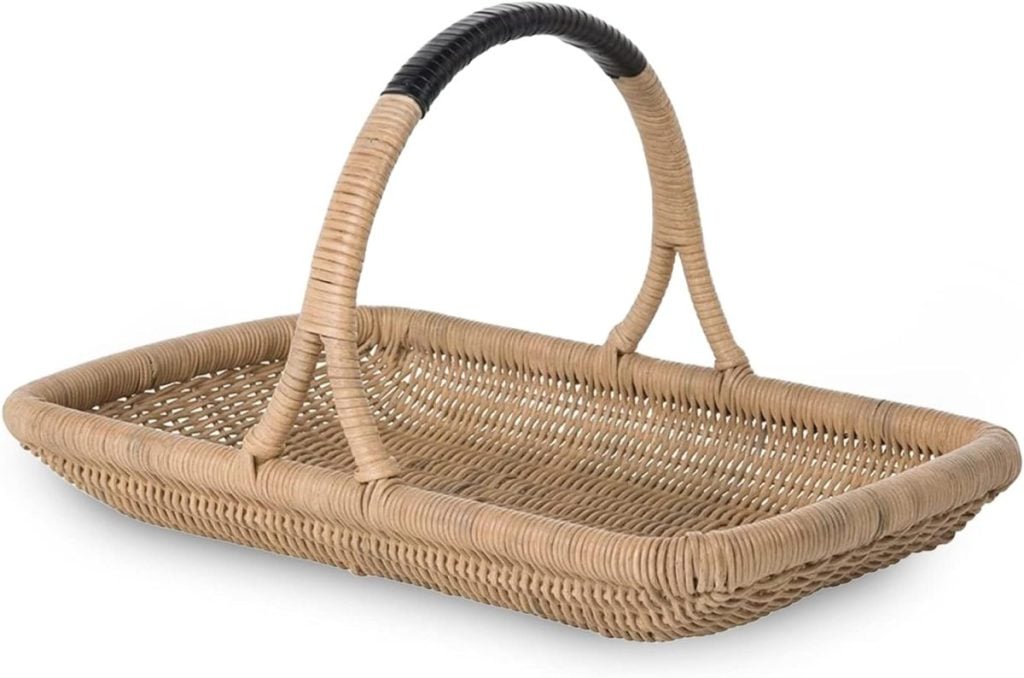
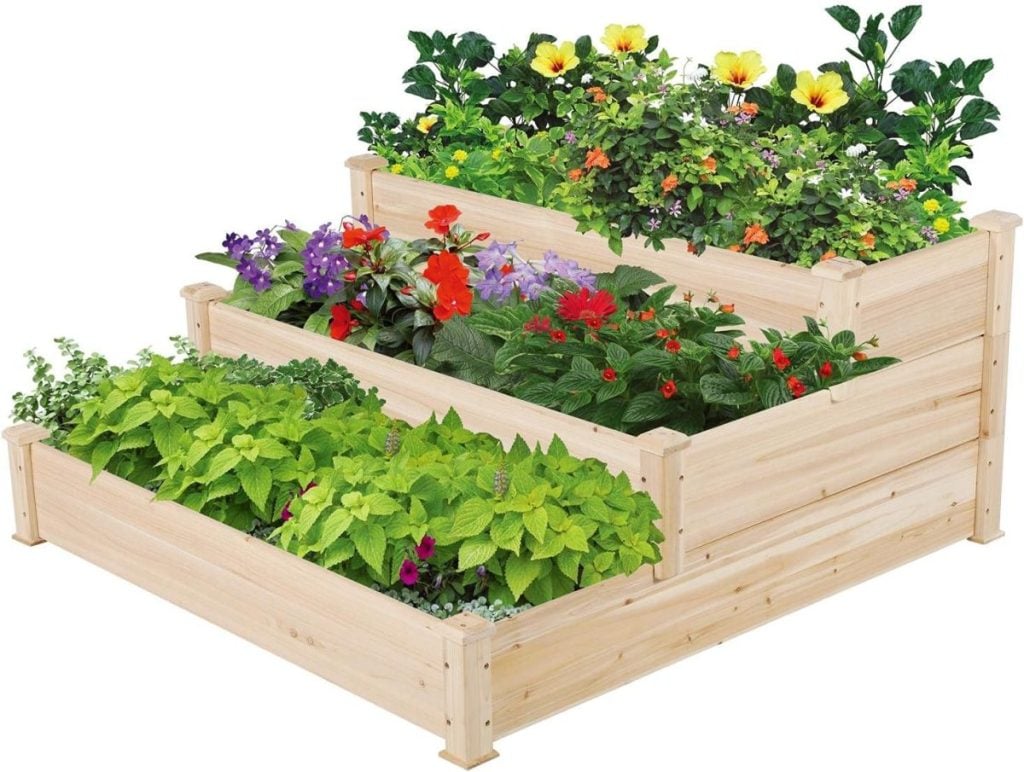
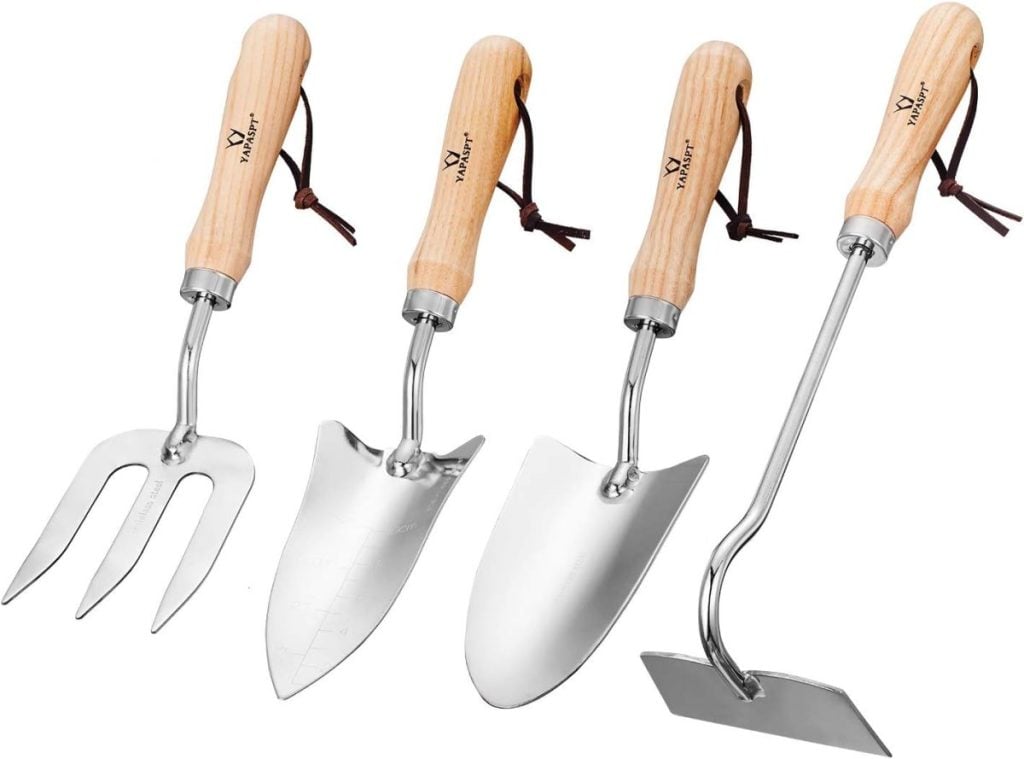

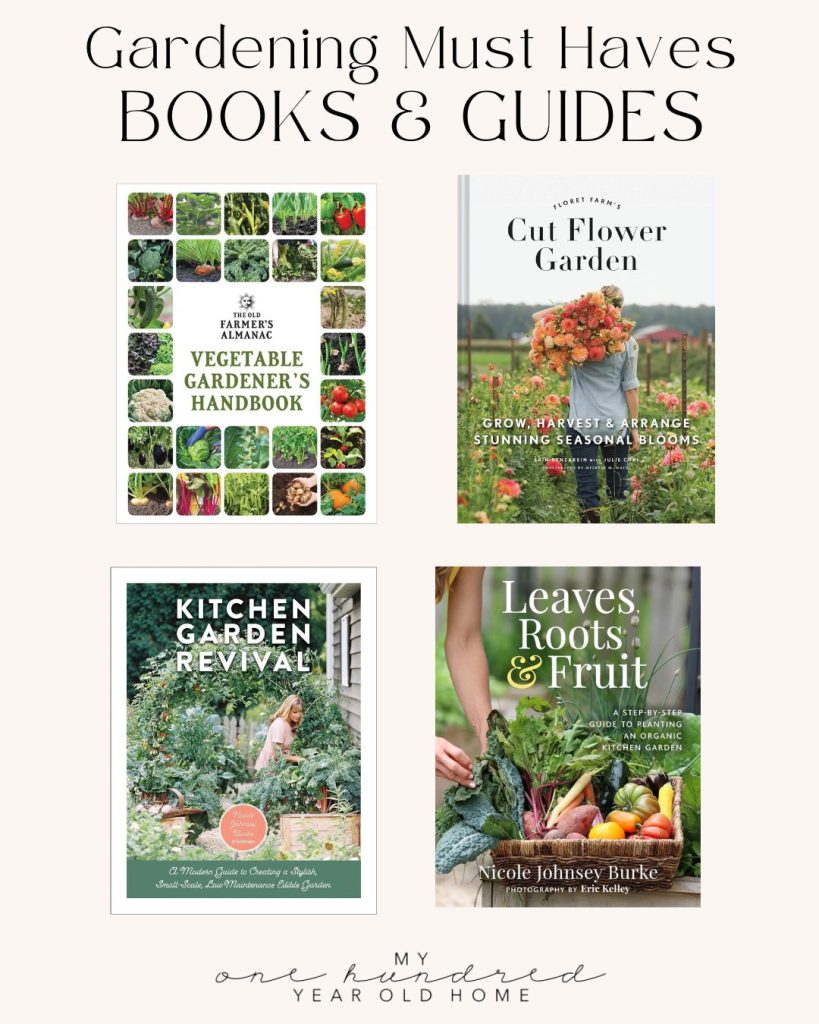
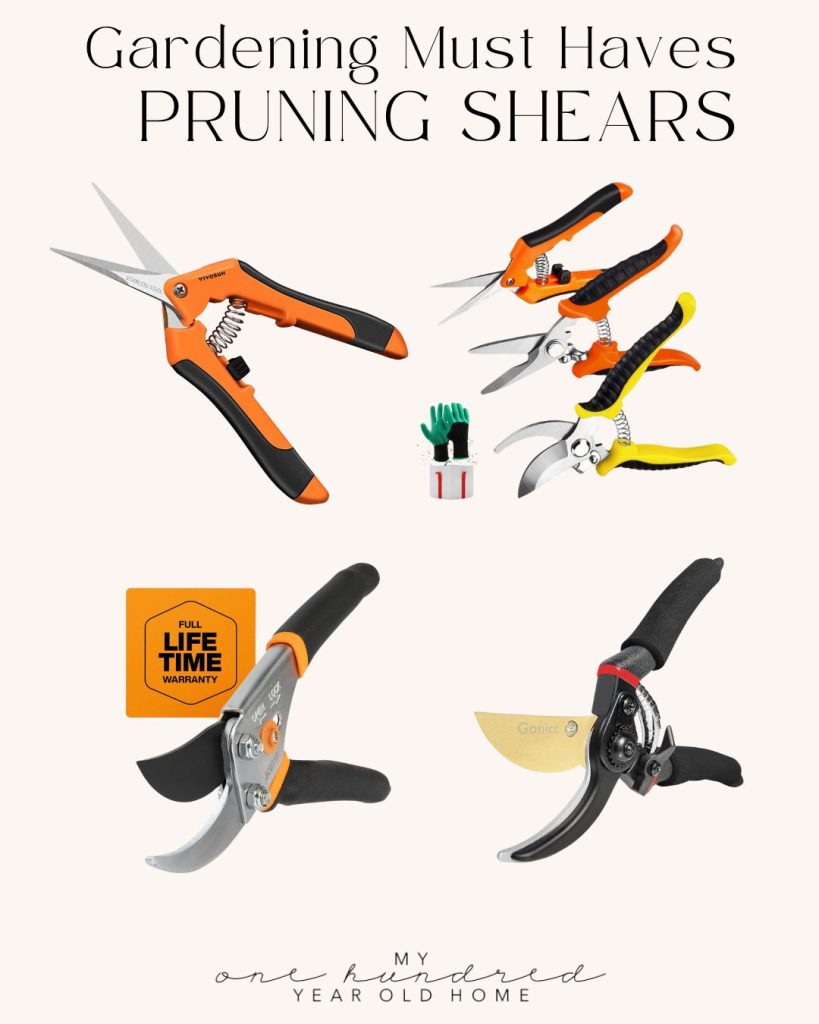
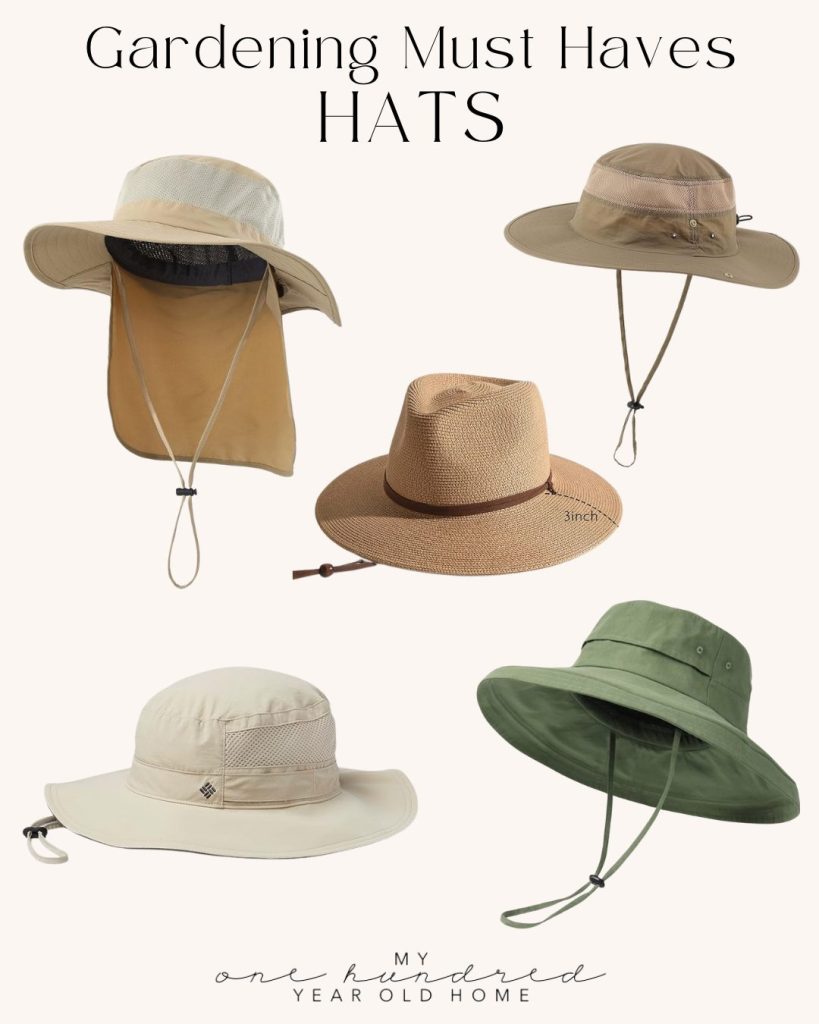
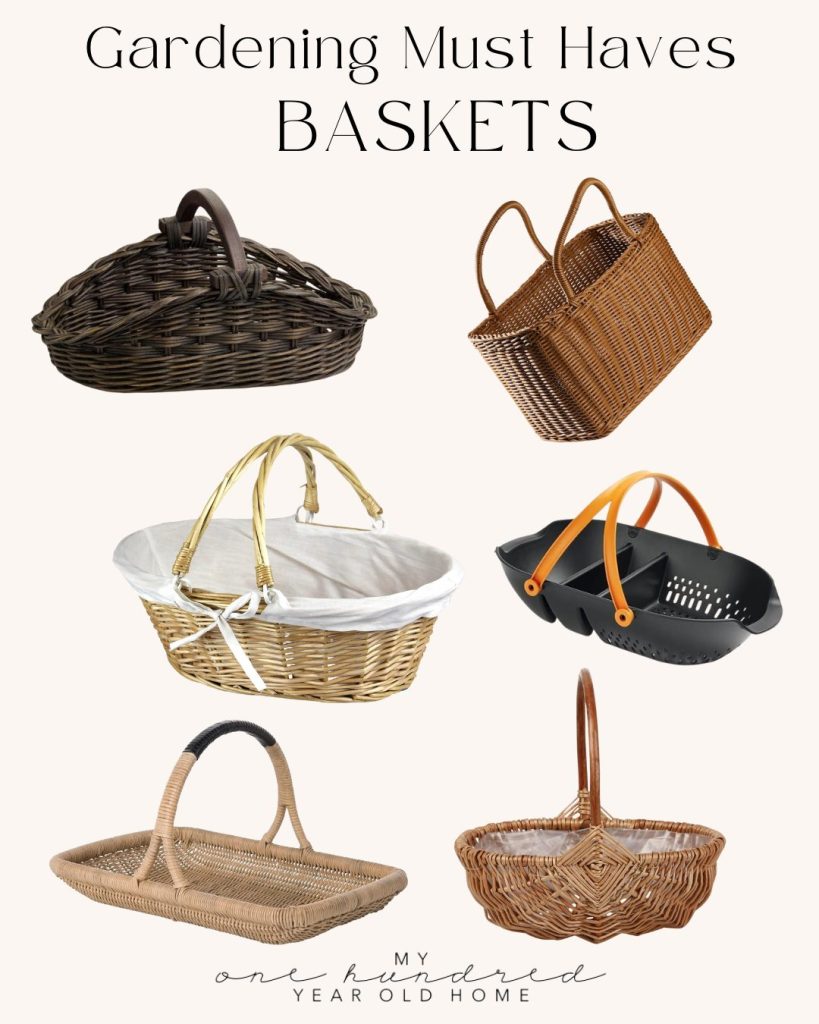
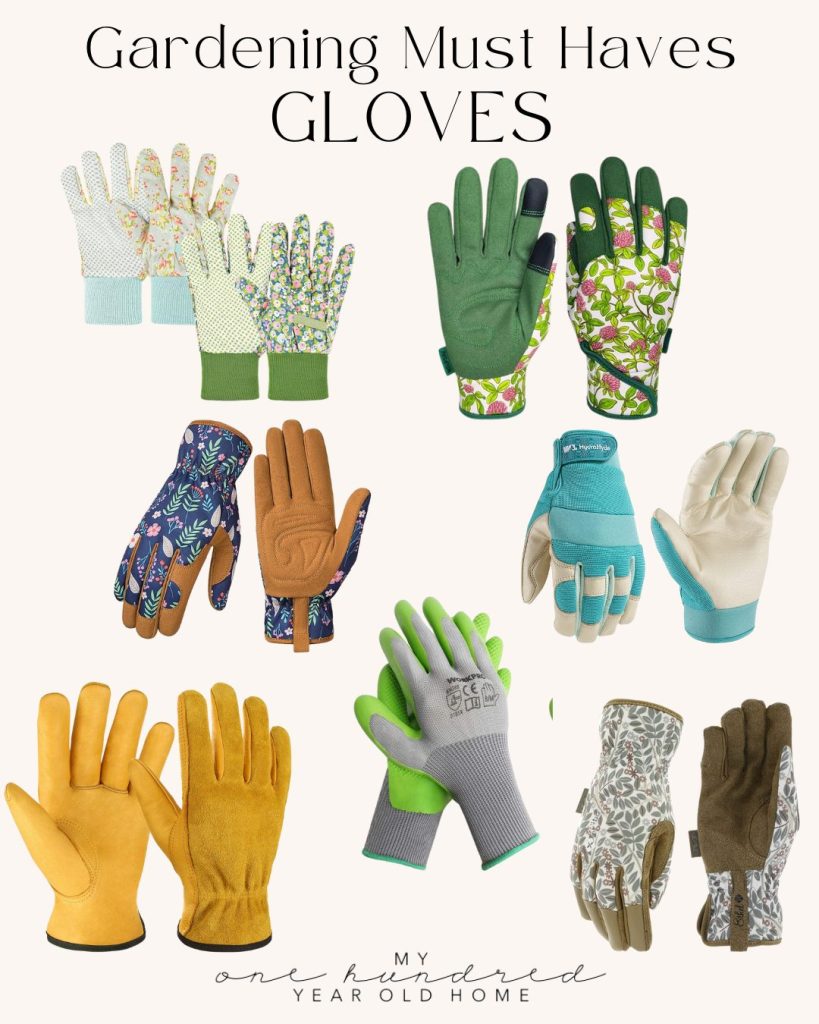


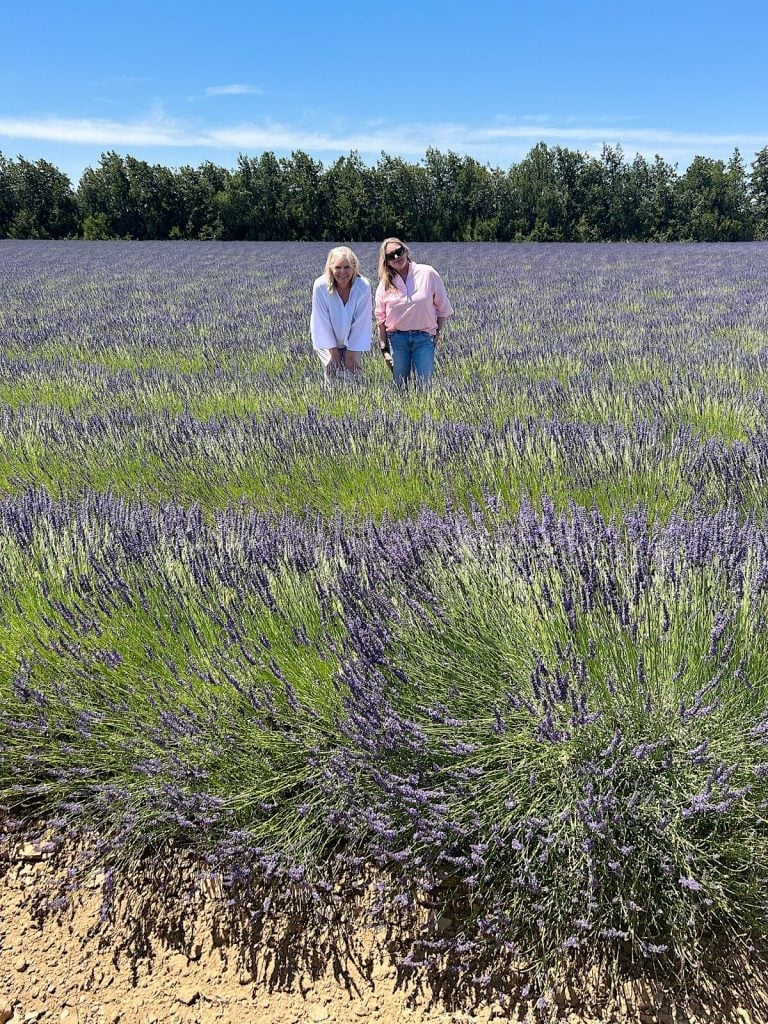
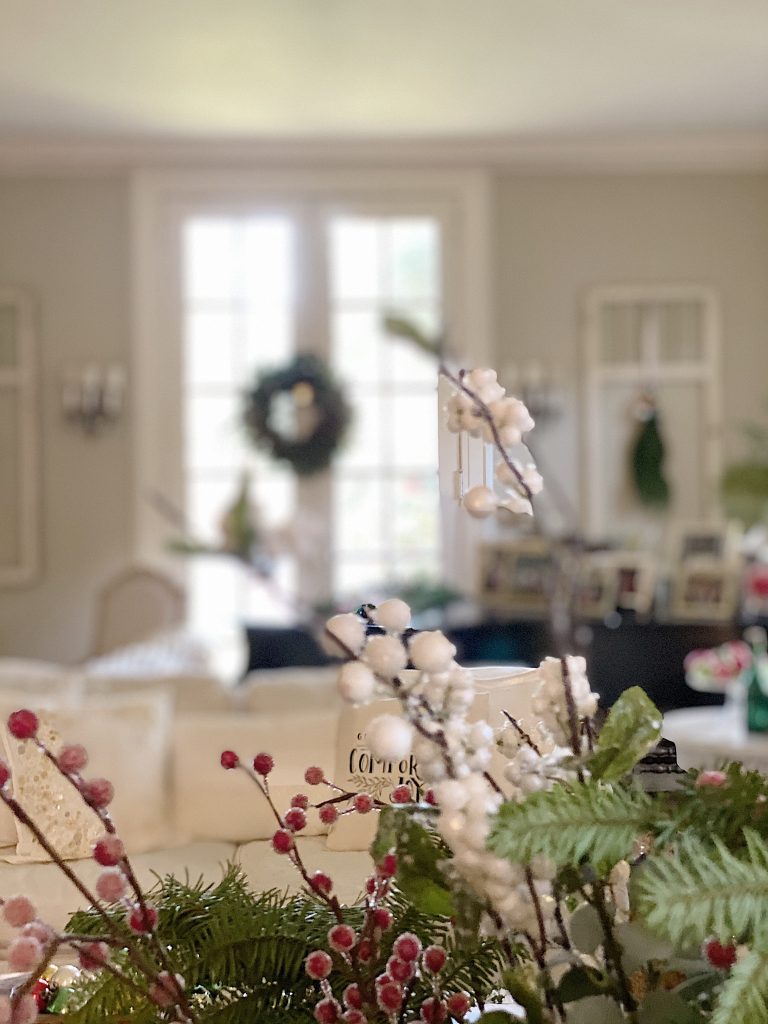
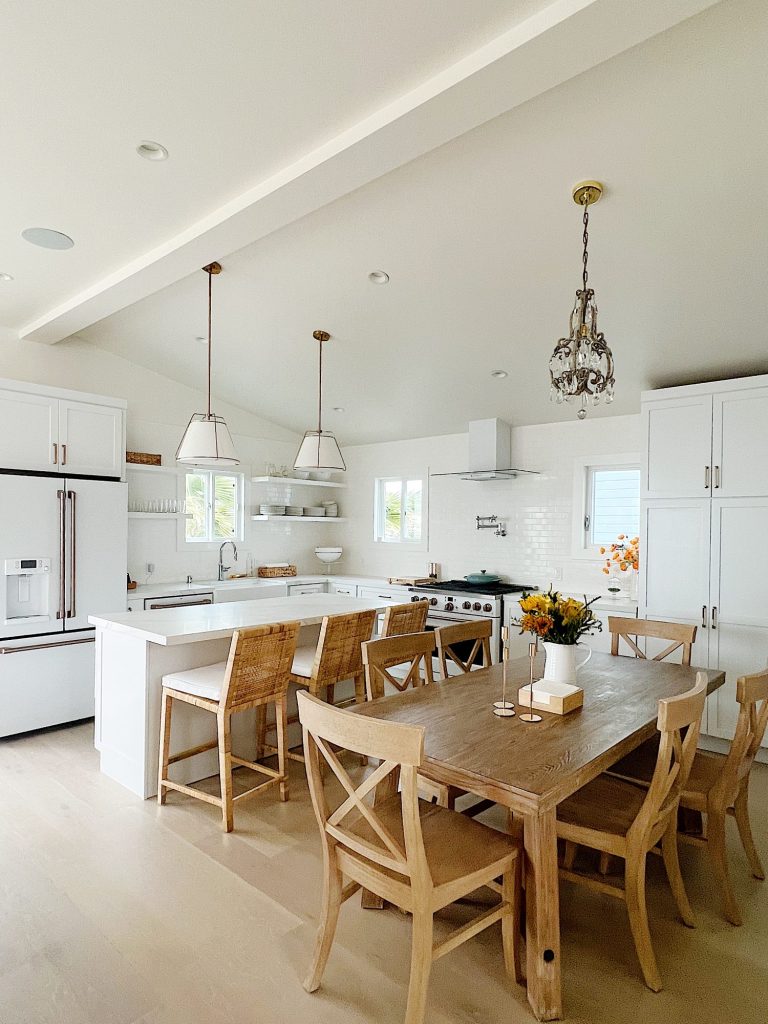
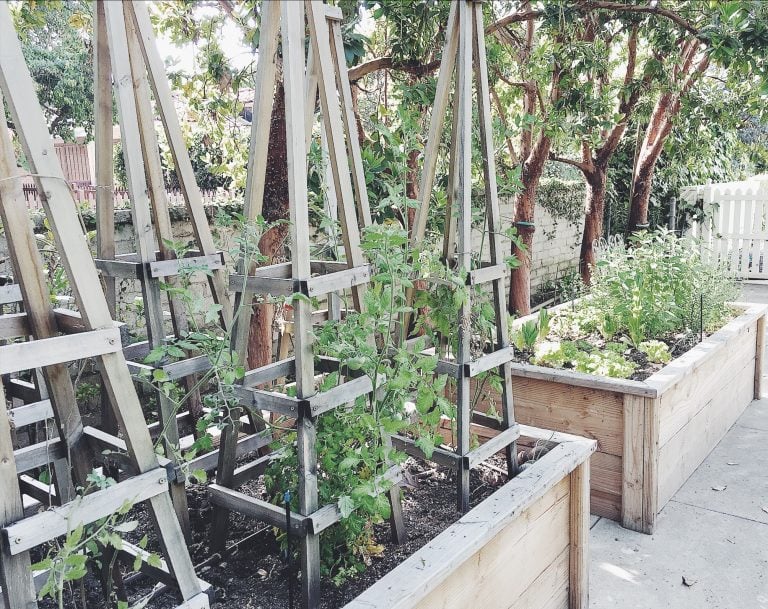
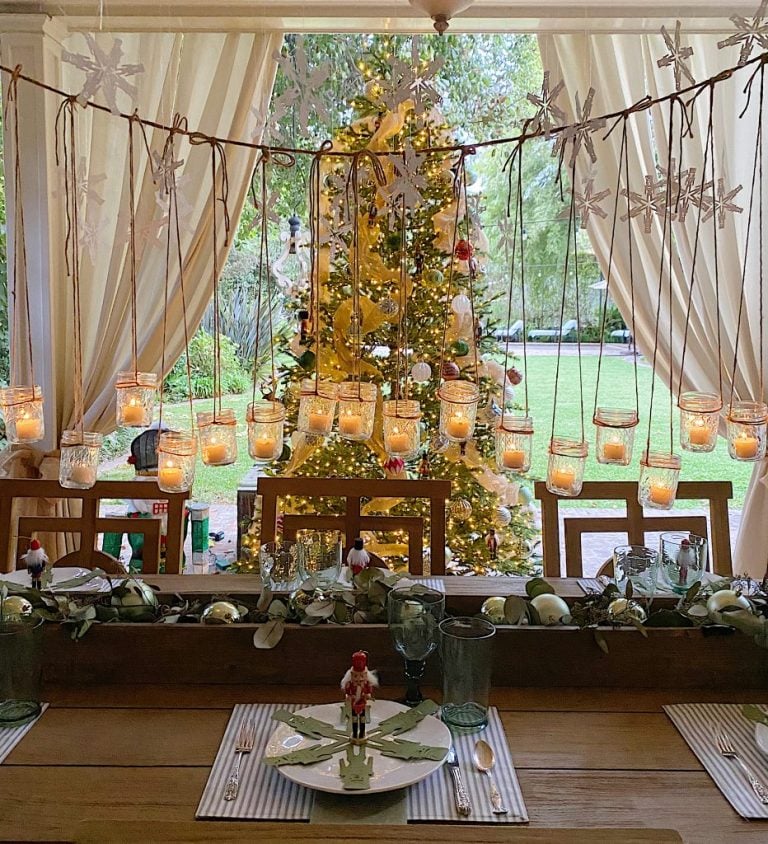






Thank you for the inspiration and for sharing all of your insights. This is truly a labor of love for yourself and your family! The future bounty of healthy food choices is a game changer nowadays. I have a brick raised garden space in my side yard that the previous owner built. We have been debating about tearing it out, but after reading your post I think we will go for a smaller scale kitchen garden. I’m thinking on the line of a salad bowl theme! Where did you buy your seedlings? They look very strong and healthy- all of our So CA rain has probably helped. As always, thank you for the inspiration and amazing details.
Patti M.
I have so much problems with plant markers! I have copper ones and gray metal ones. Do you expect that your labels made with your label maker will last year to year? I will do this in a heartbeat if you find it works. I wrote plant names with the marker they said would be lasting last year, and the writing is completely gone now. Thank goodness I keep a journal of where the plants are in my garden, so I can redo them if I can find a method that works. Your kitchen garden looks marvelous!